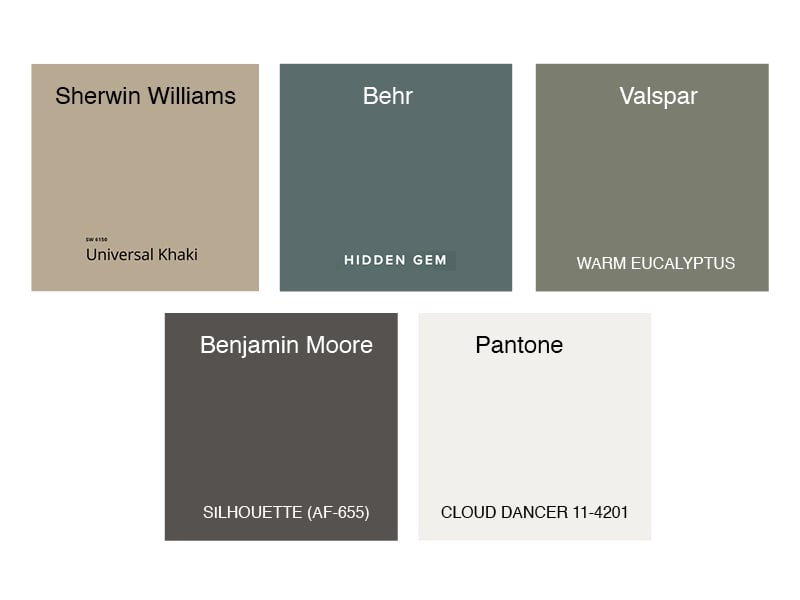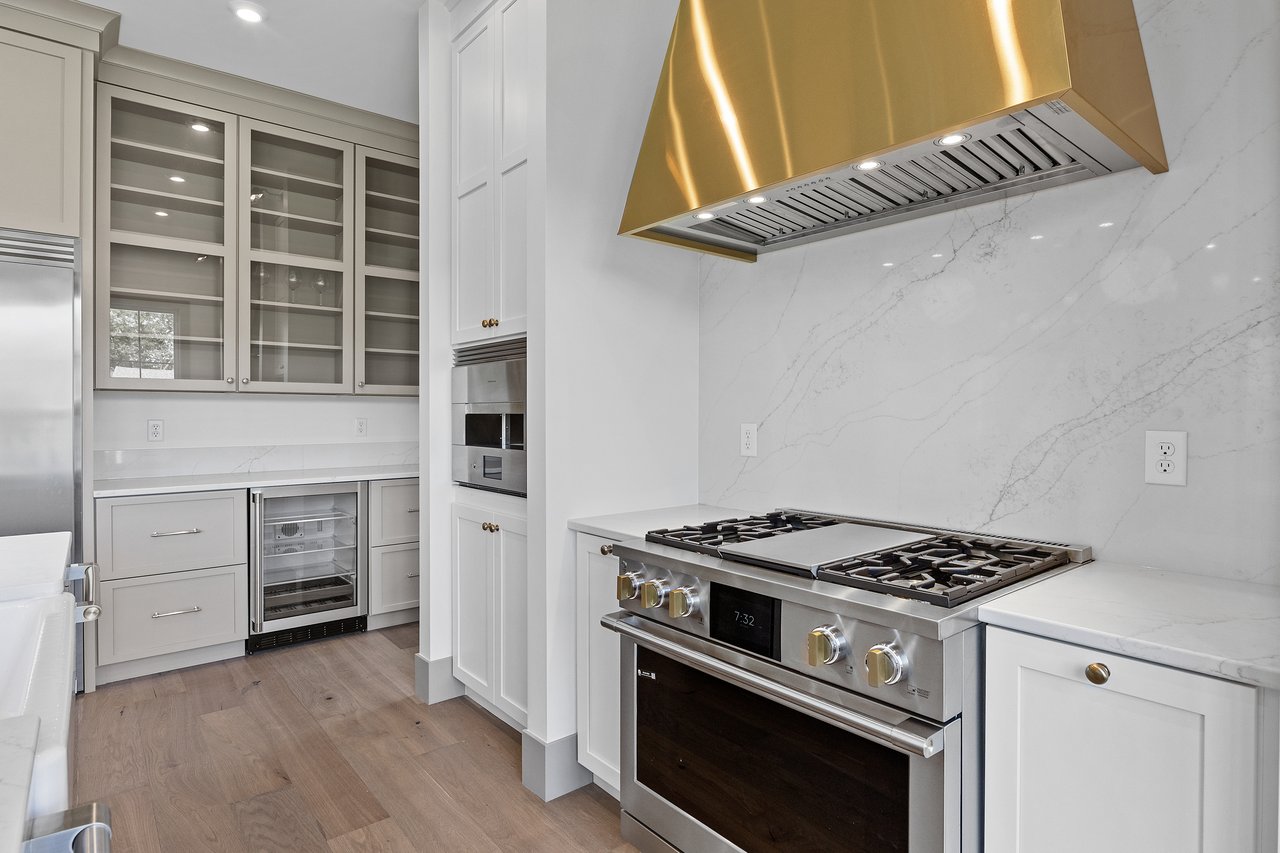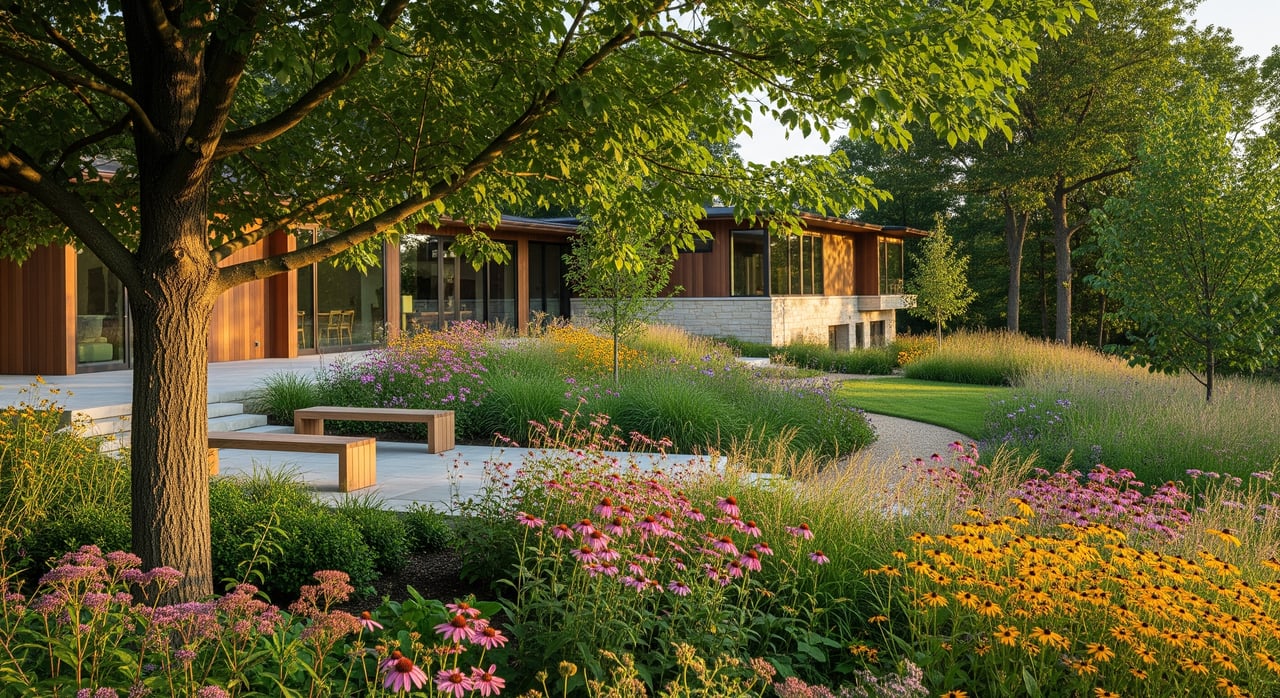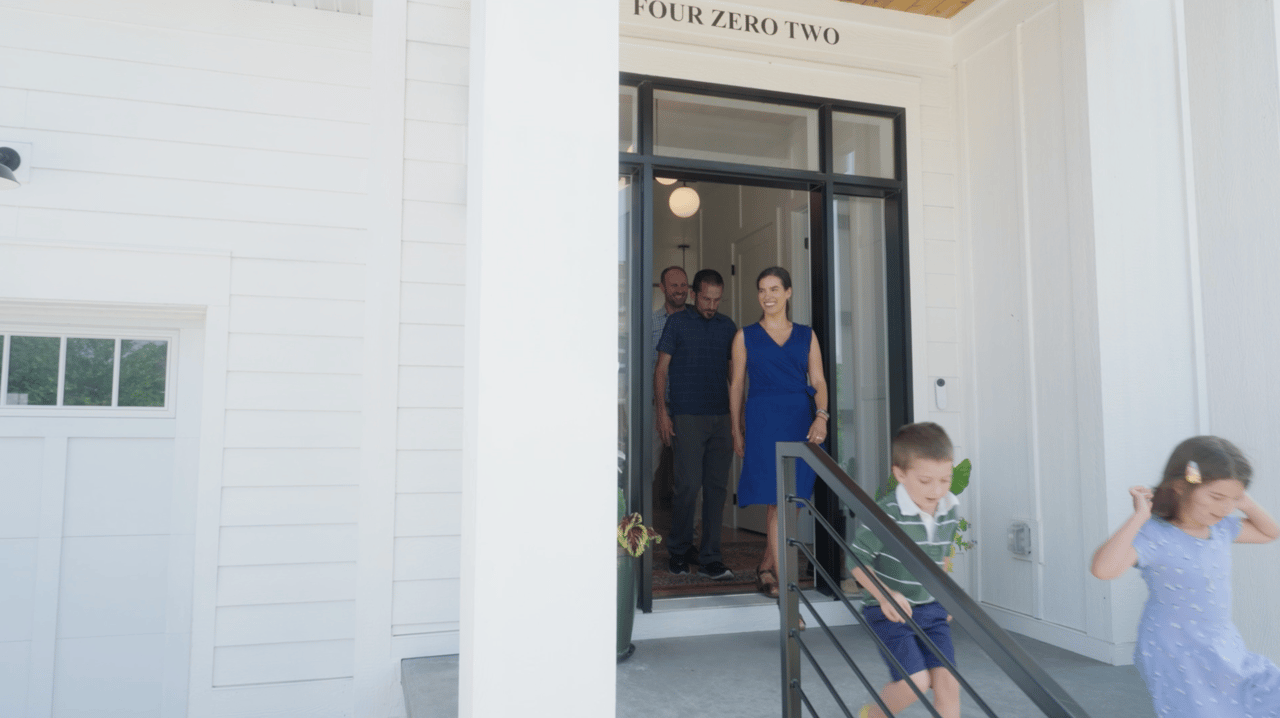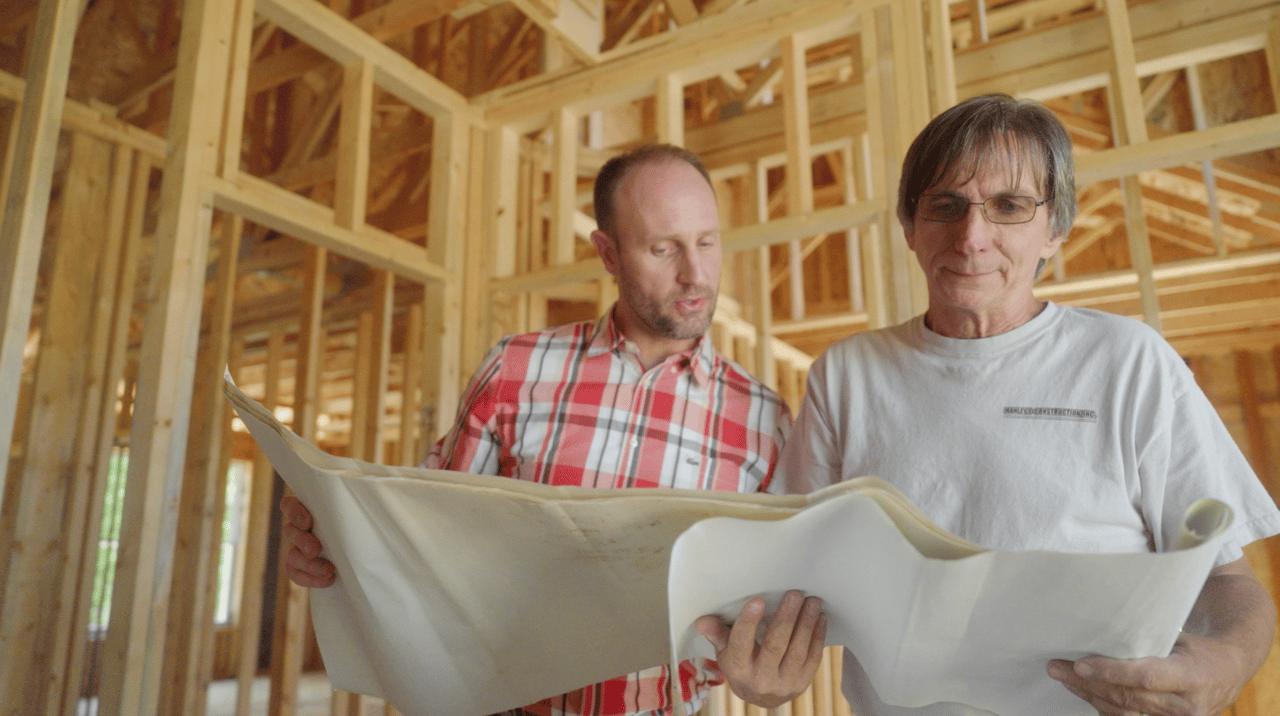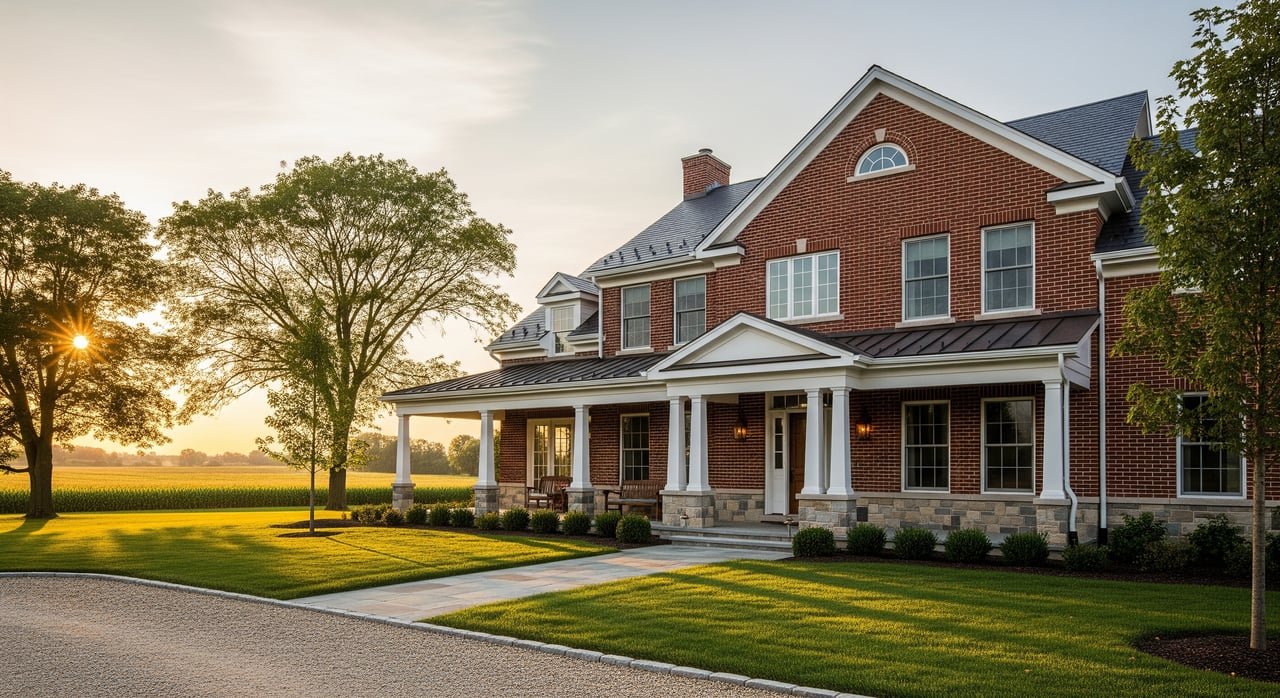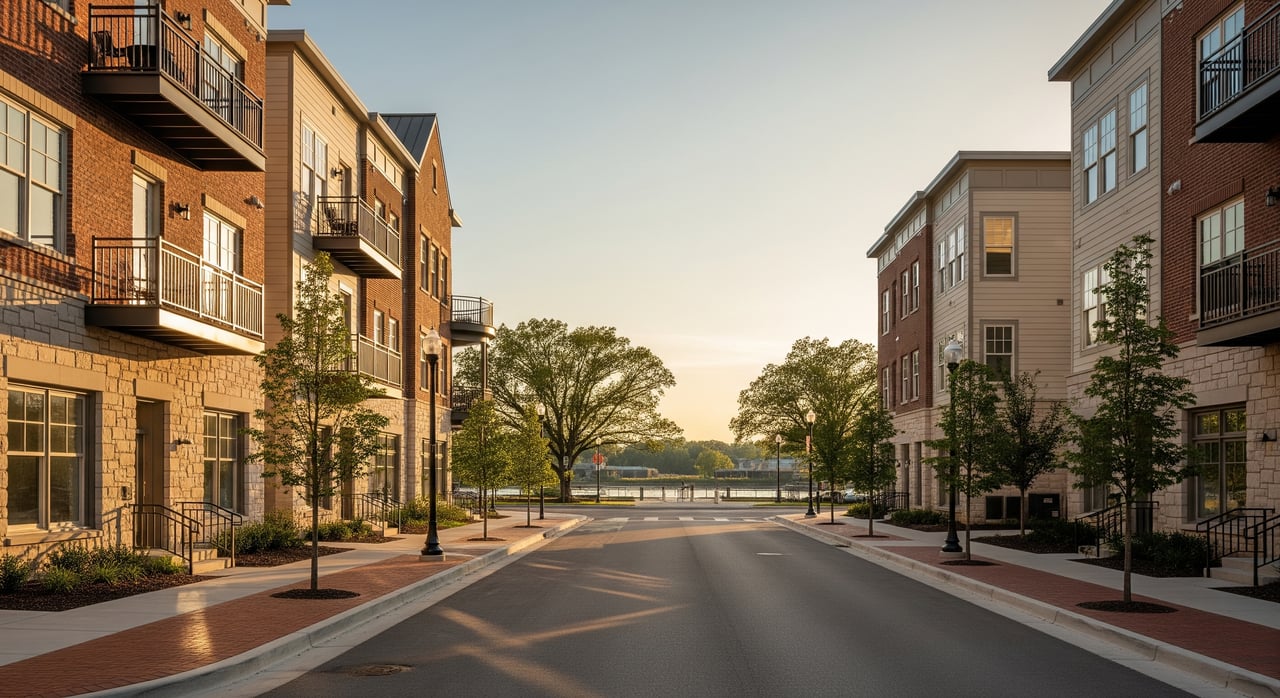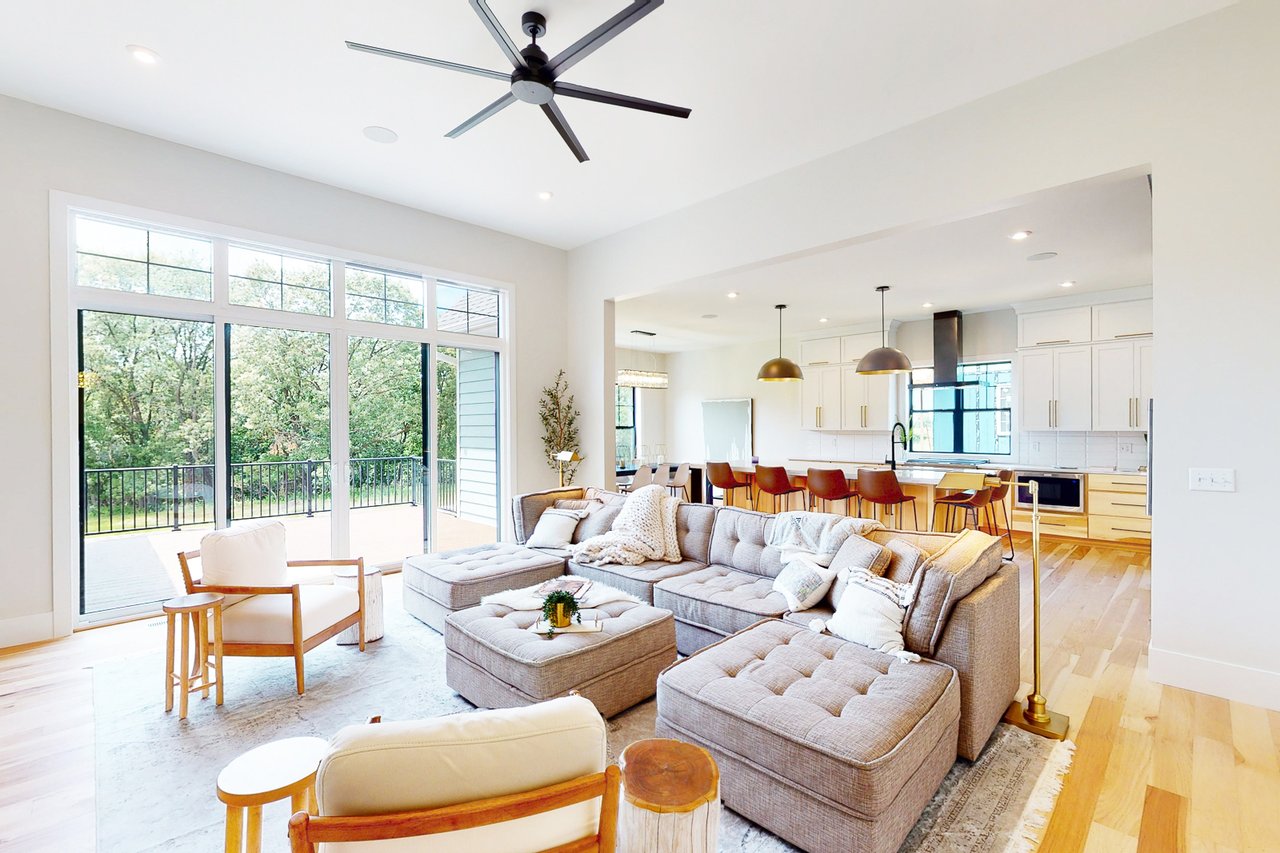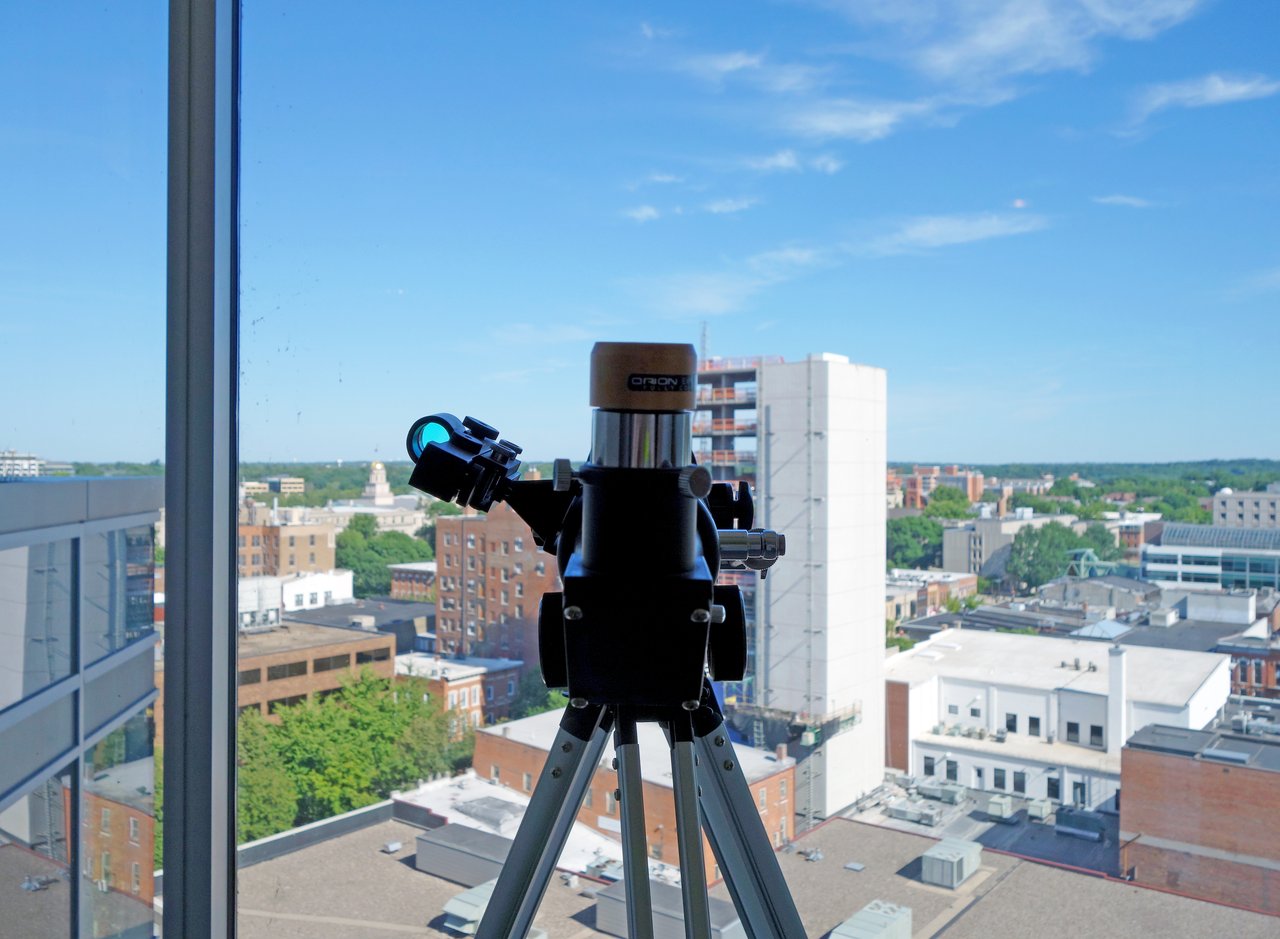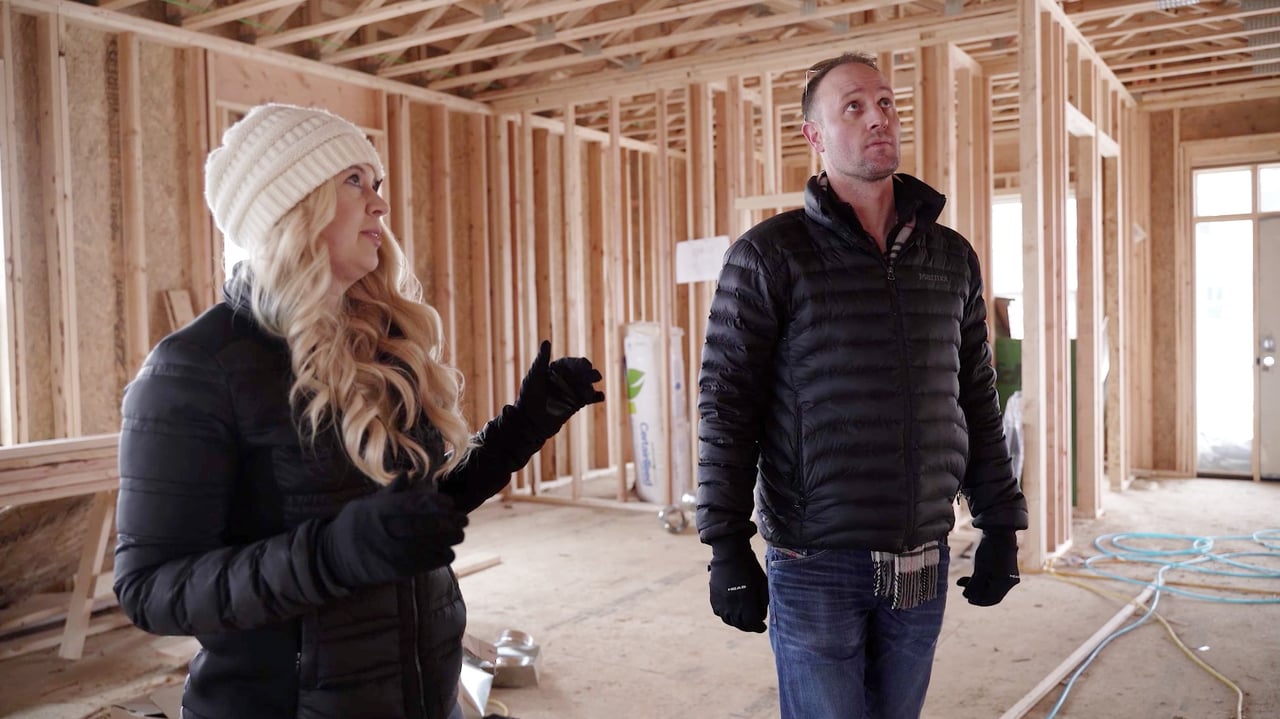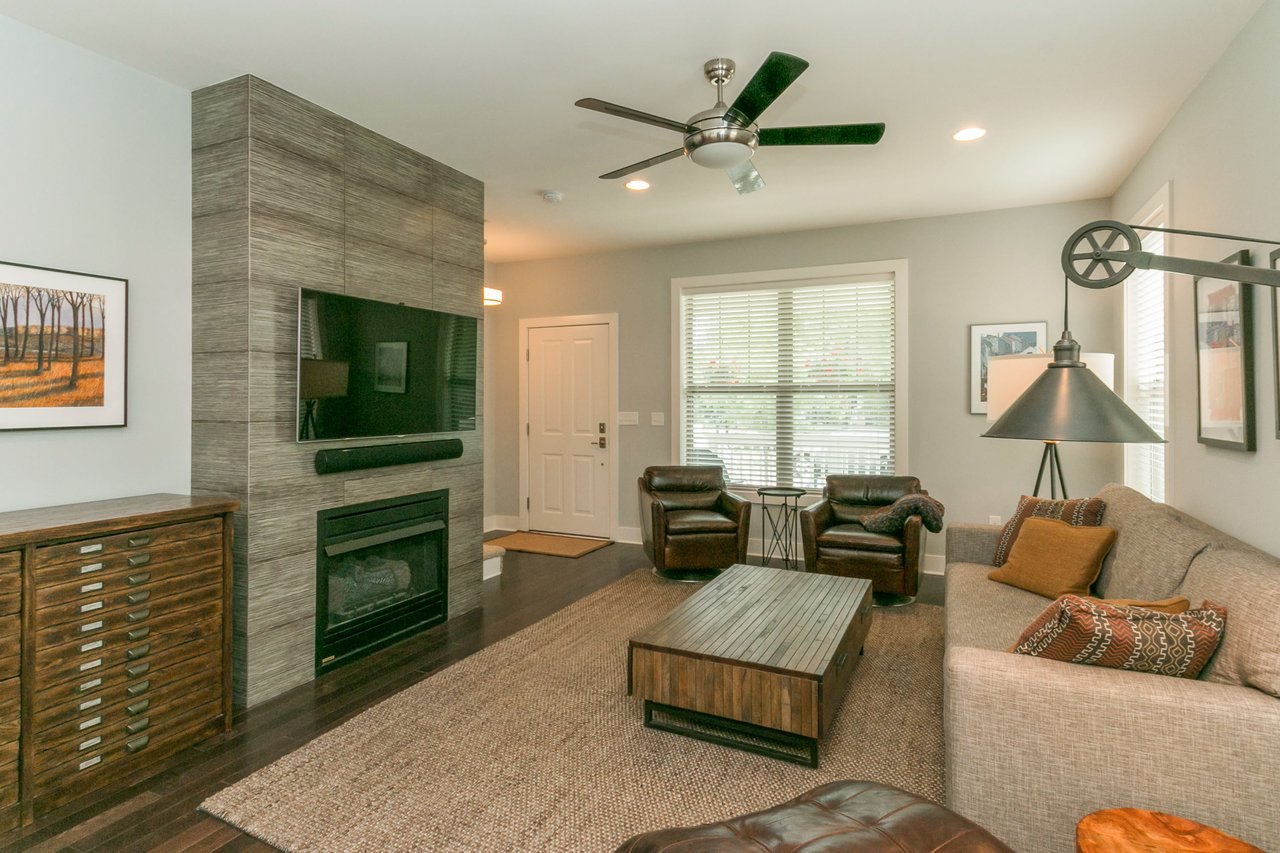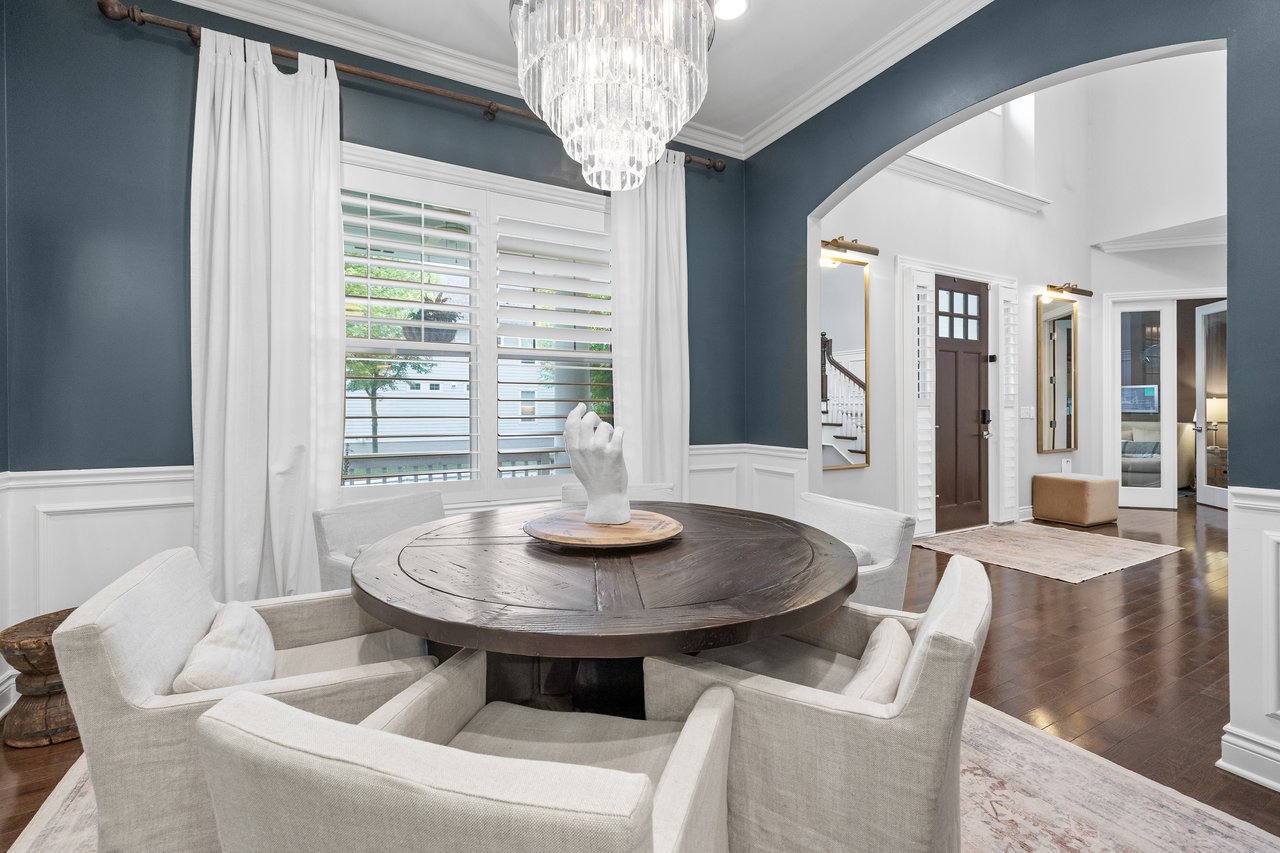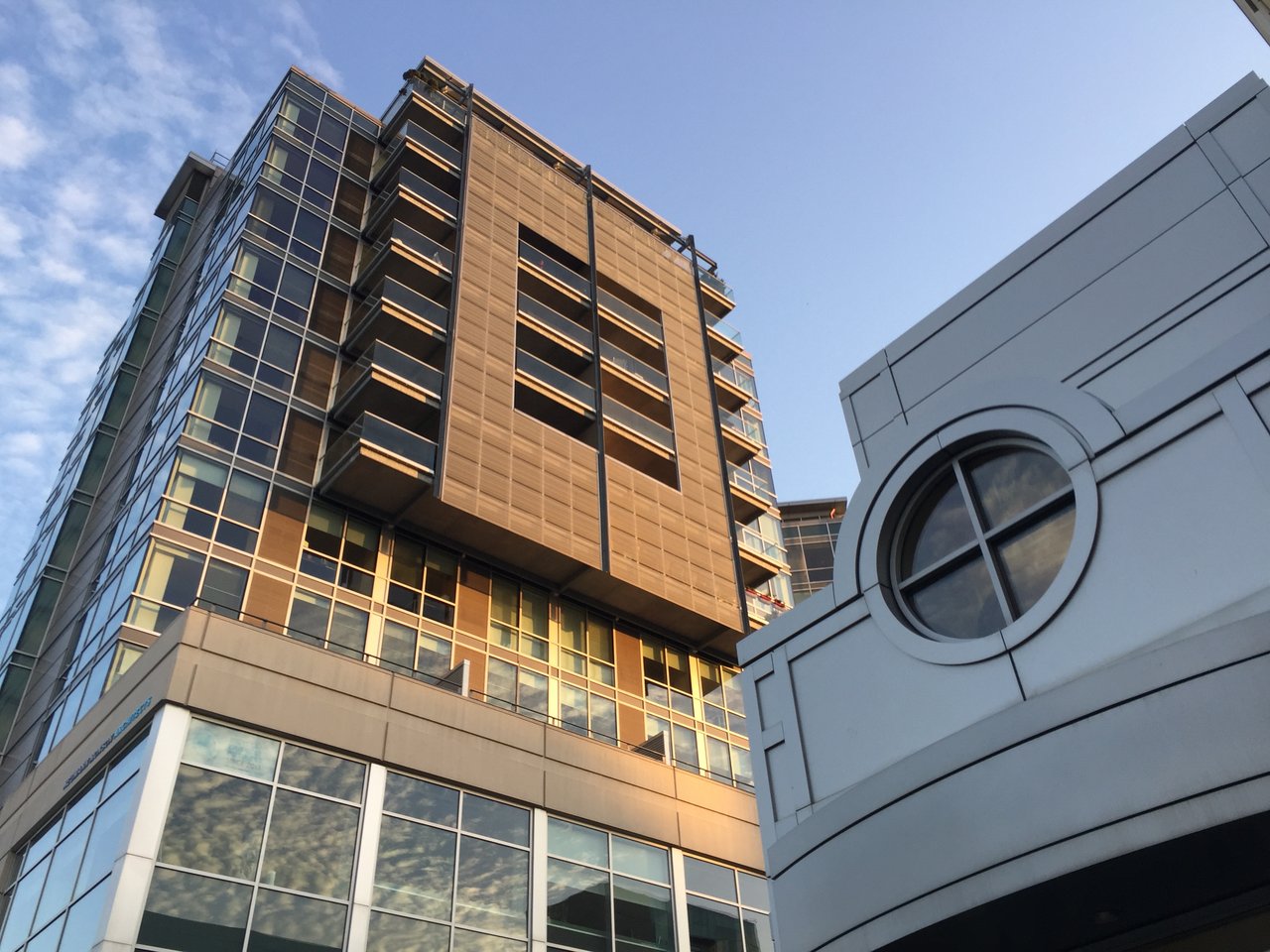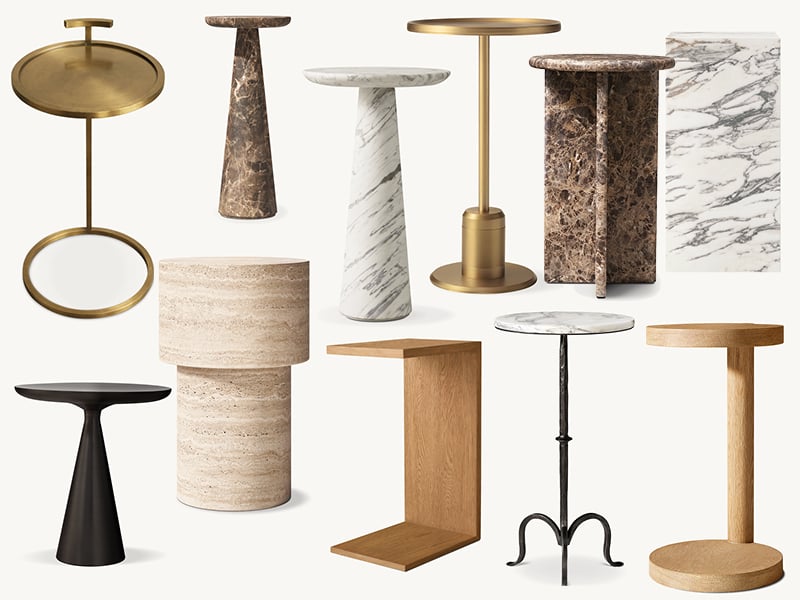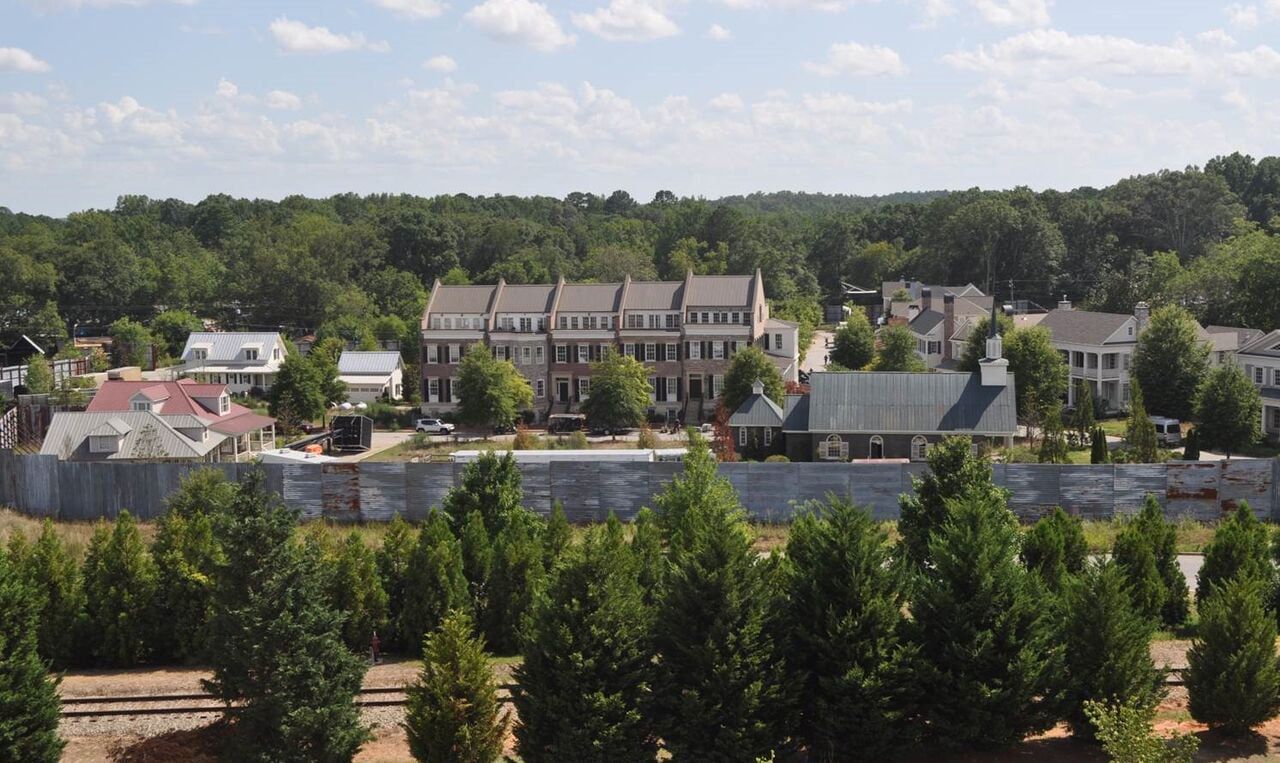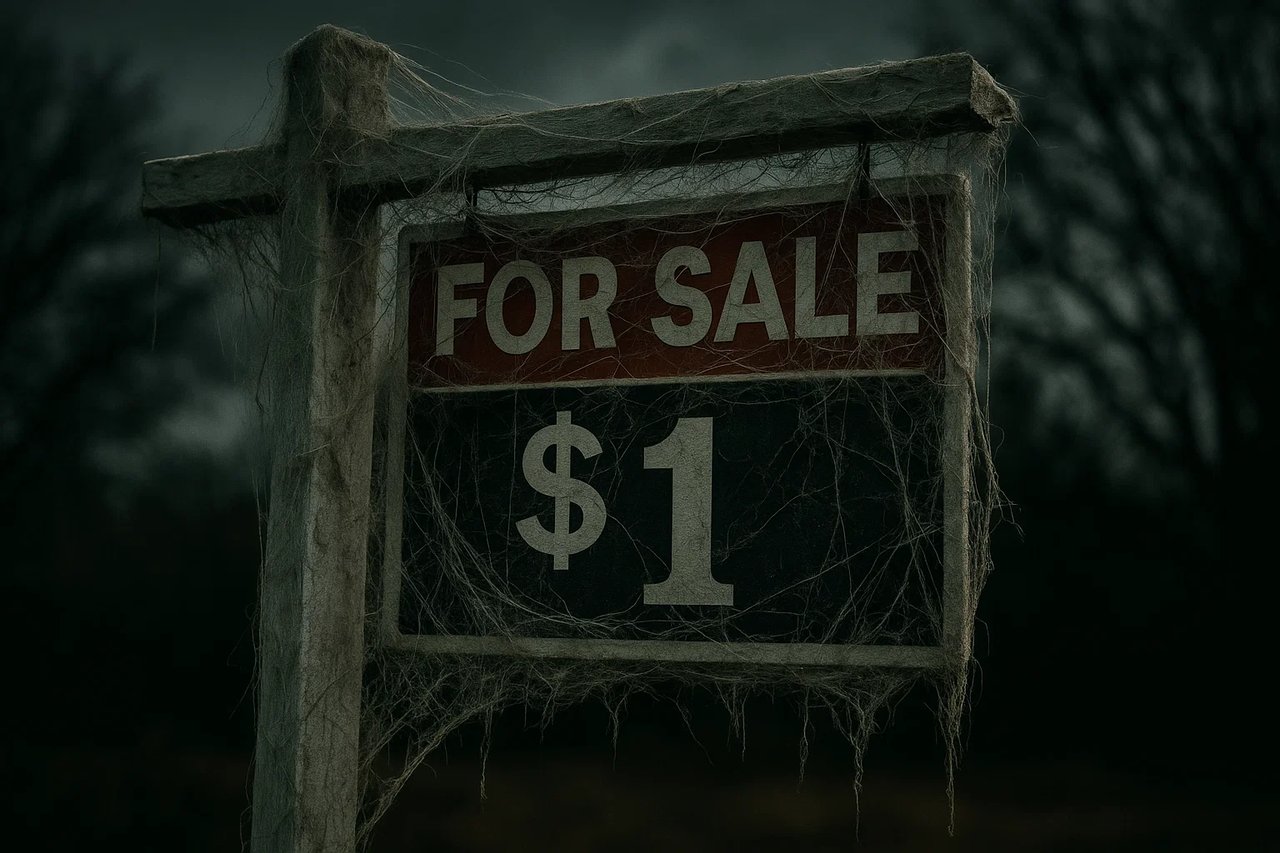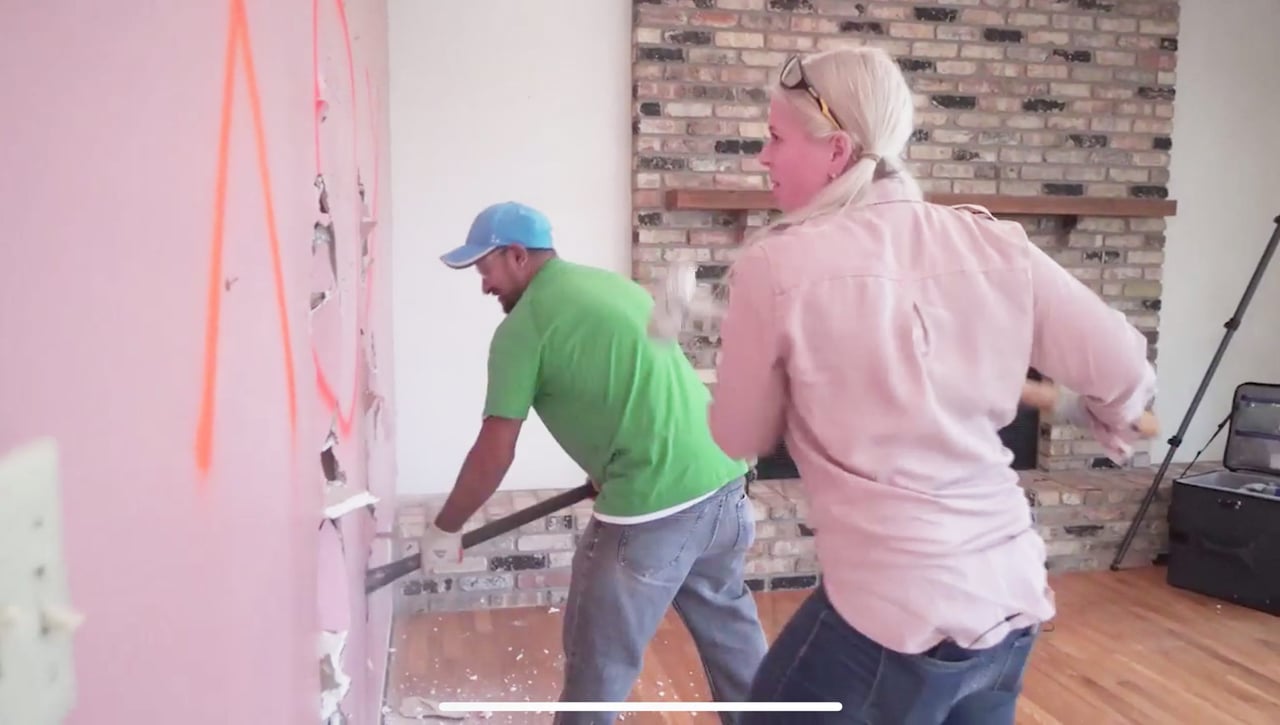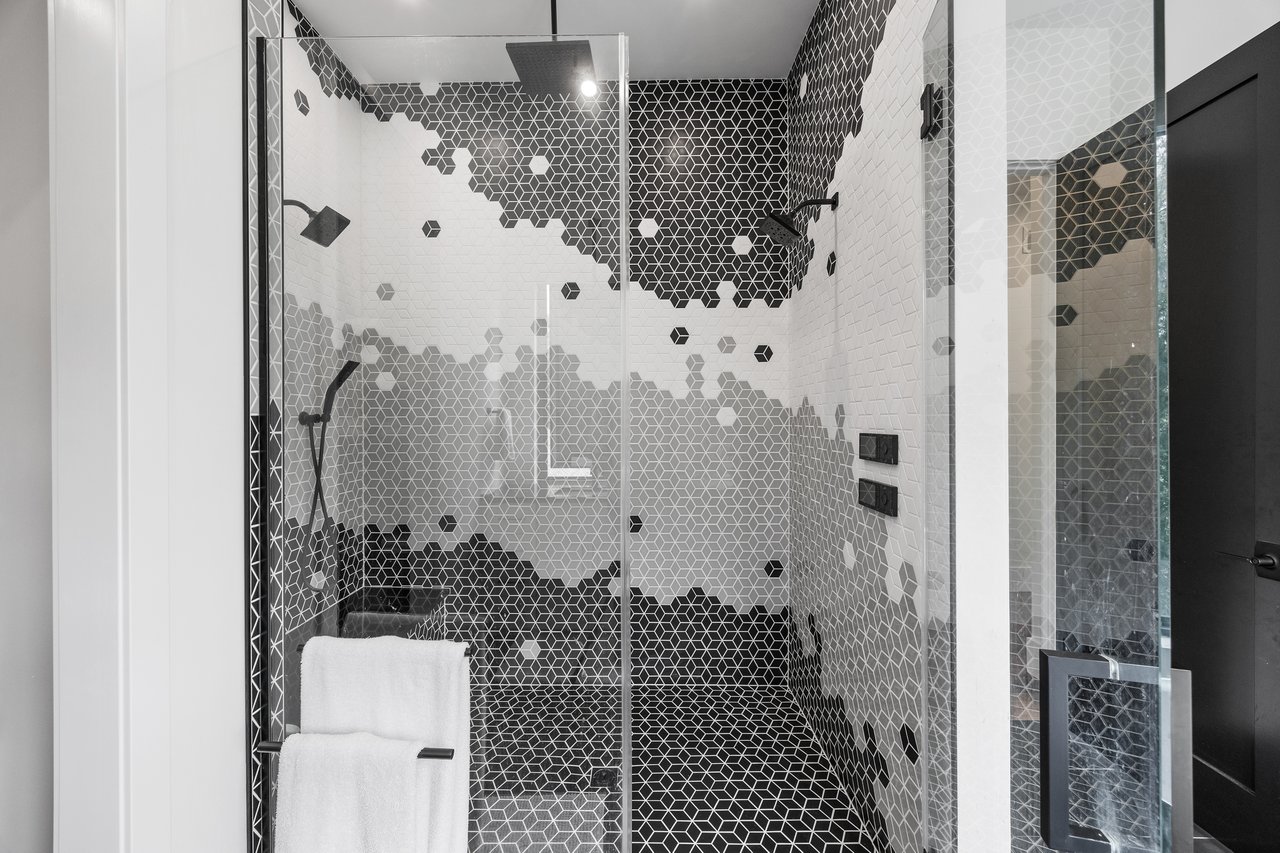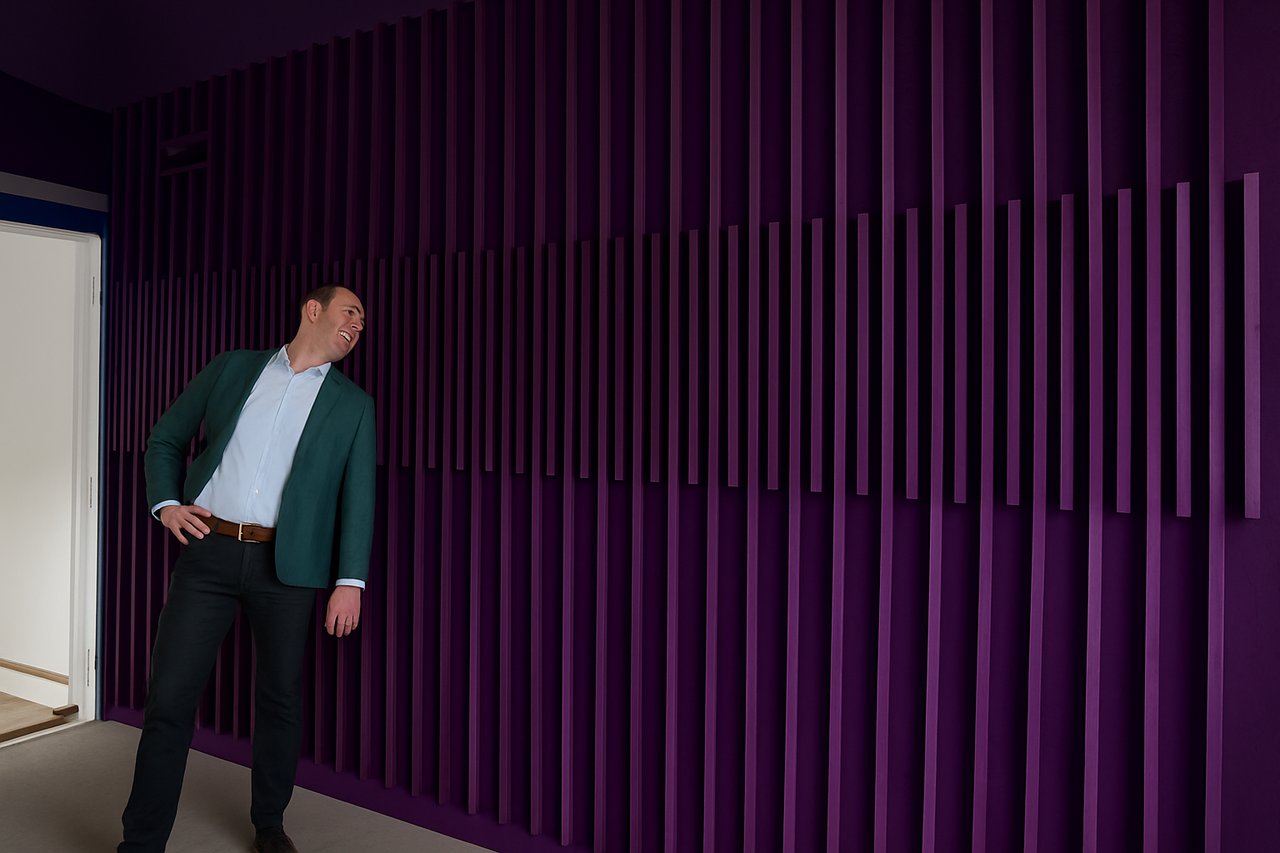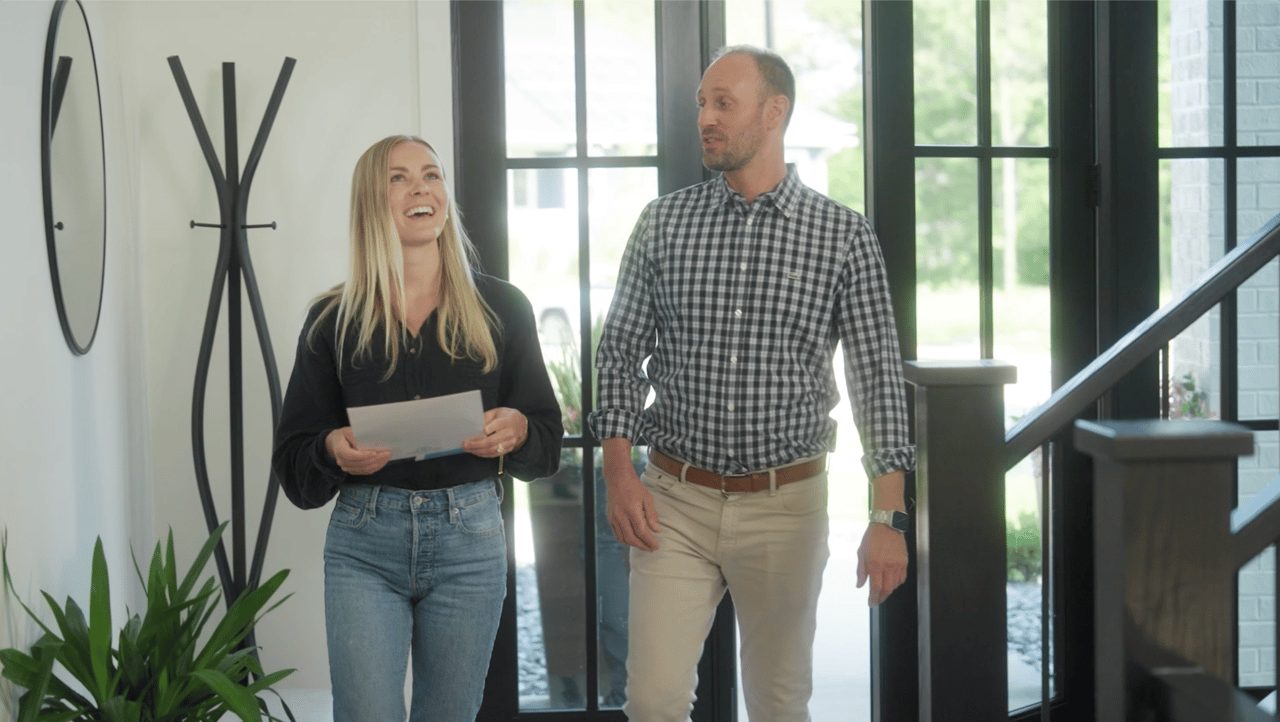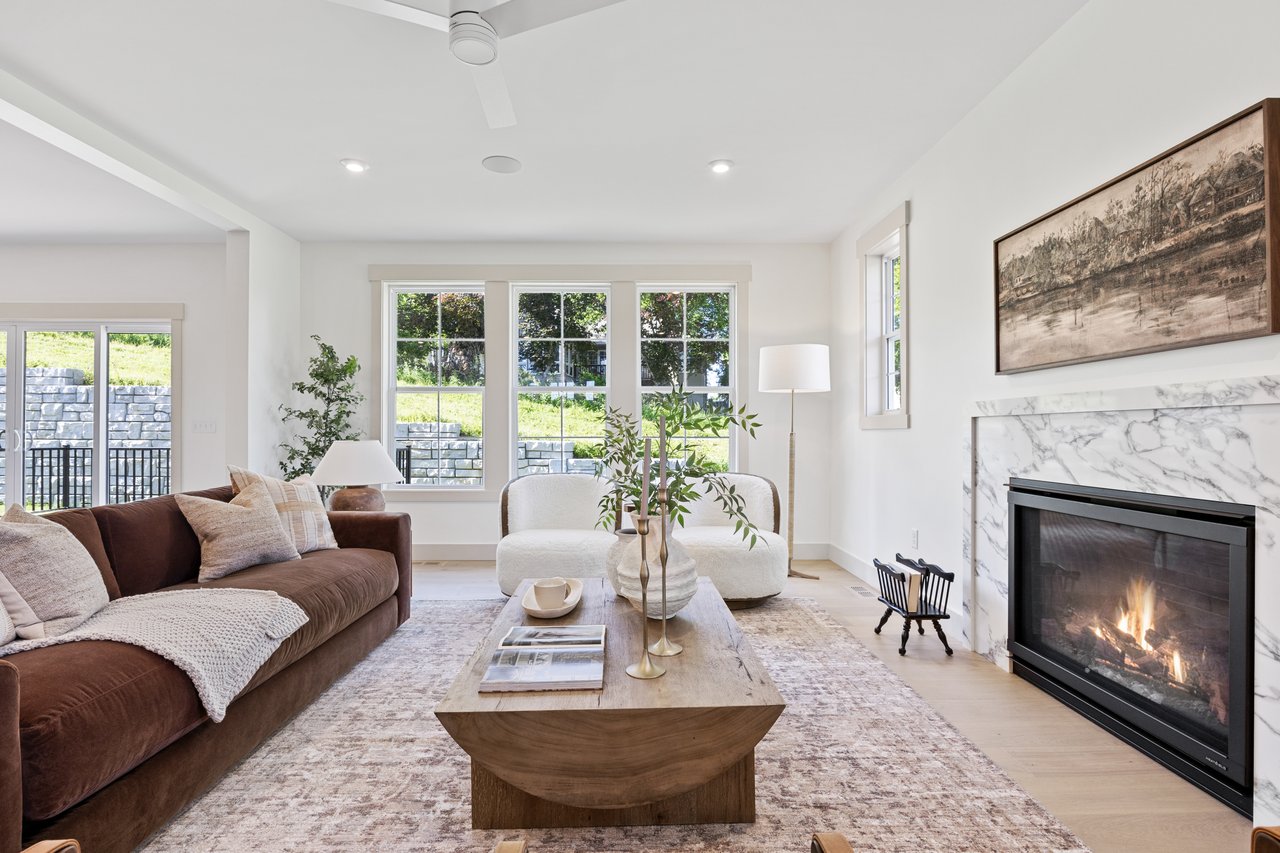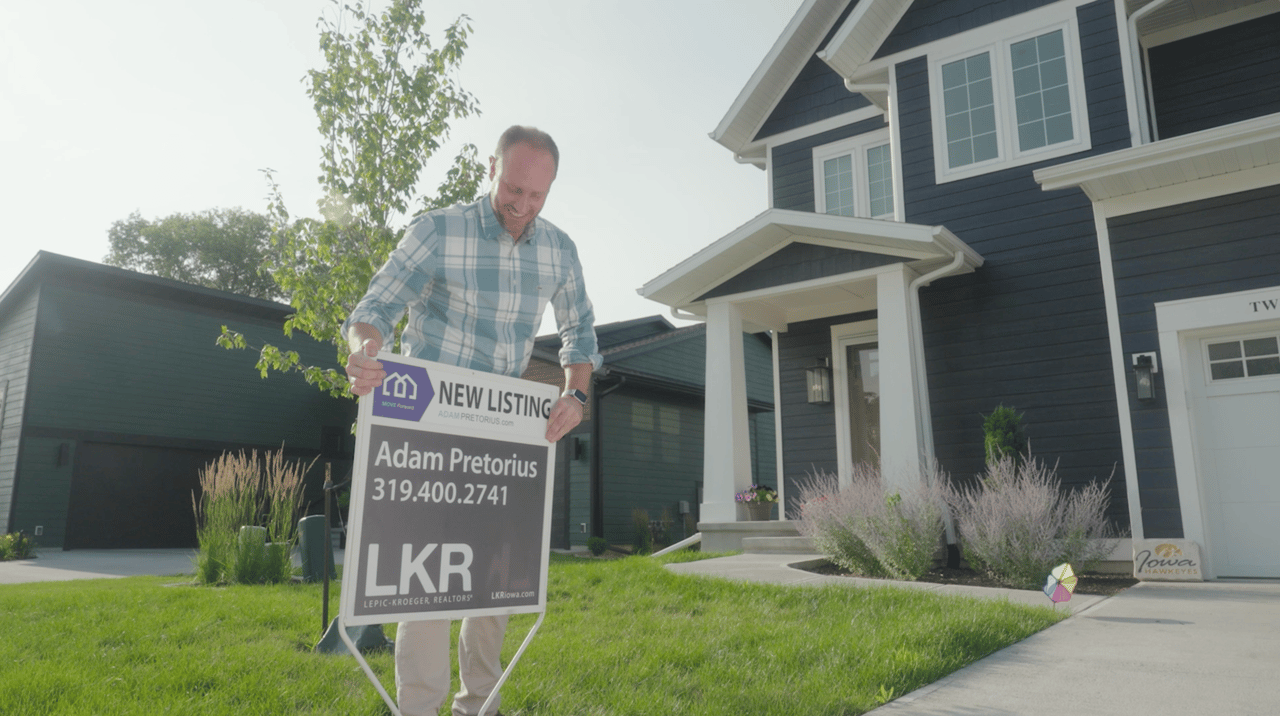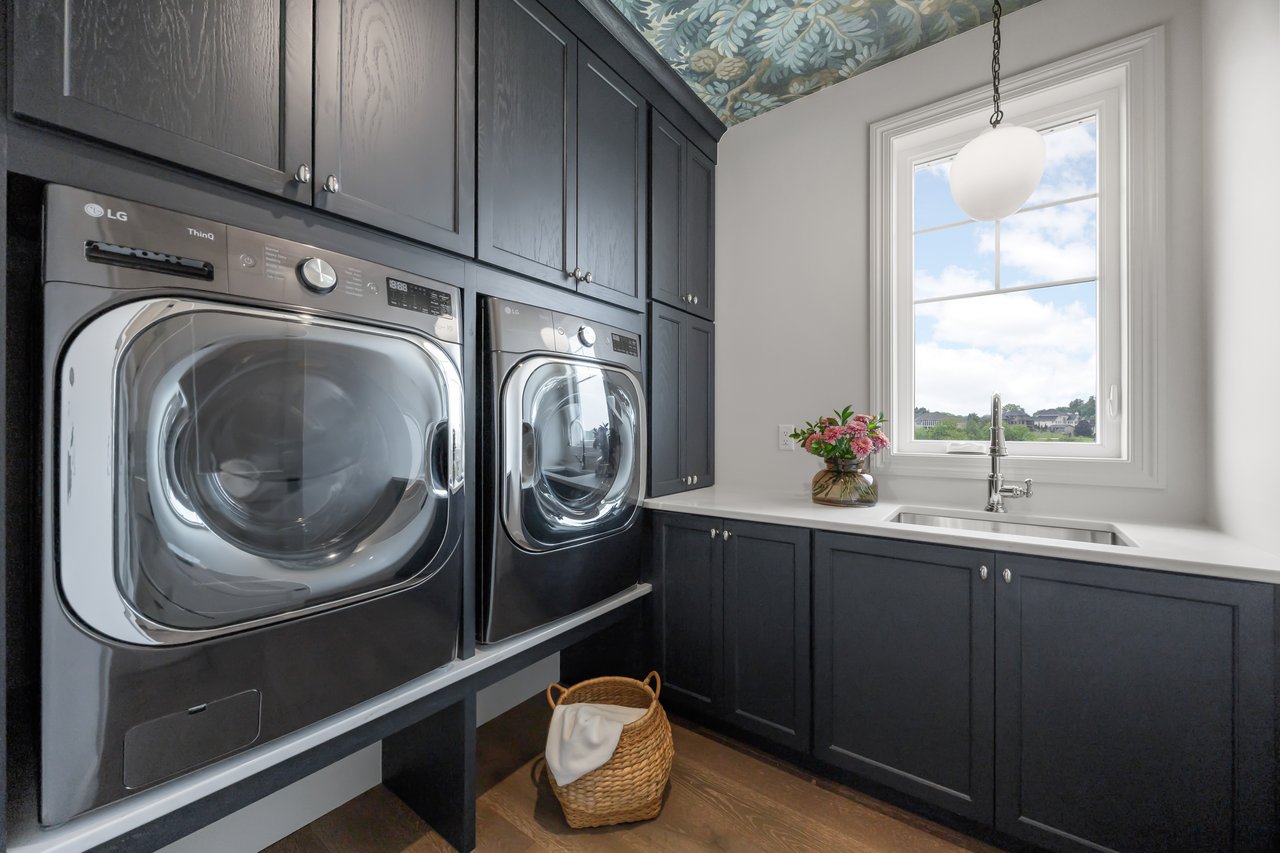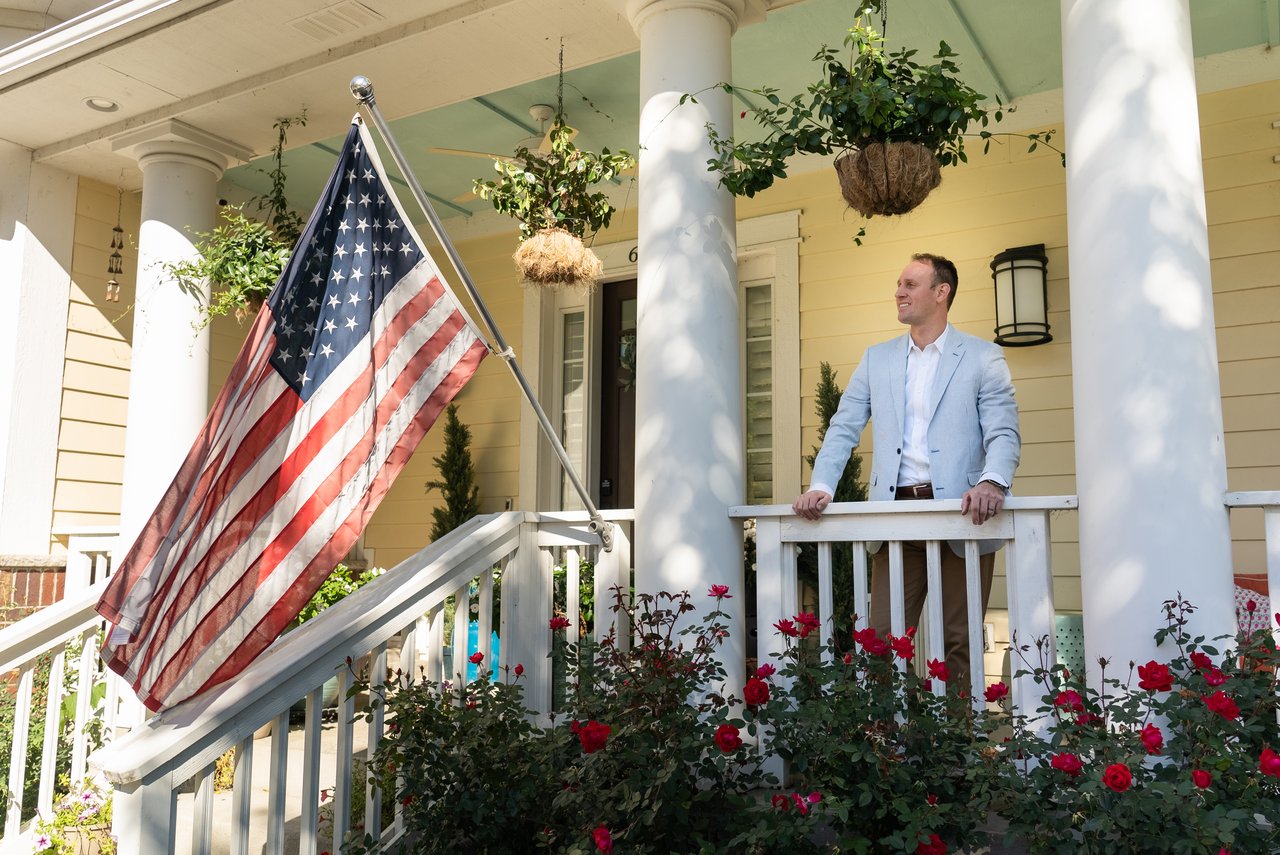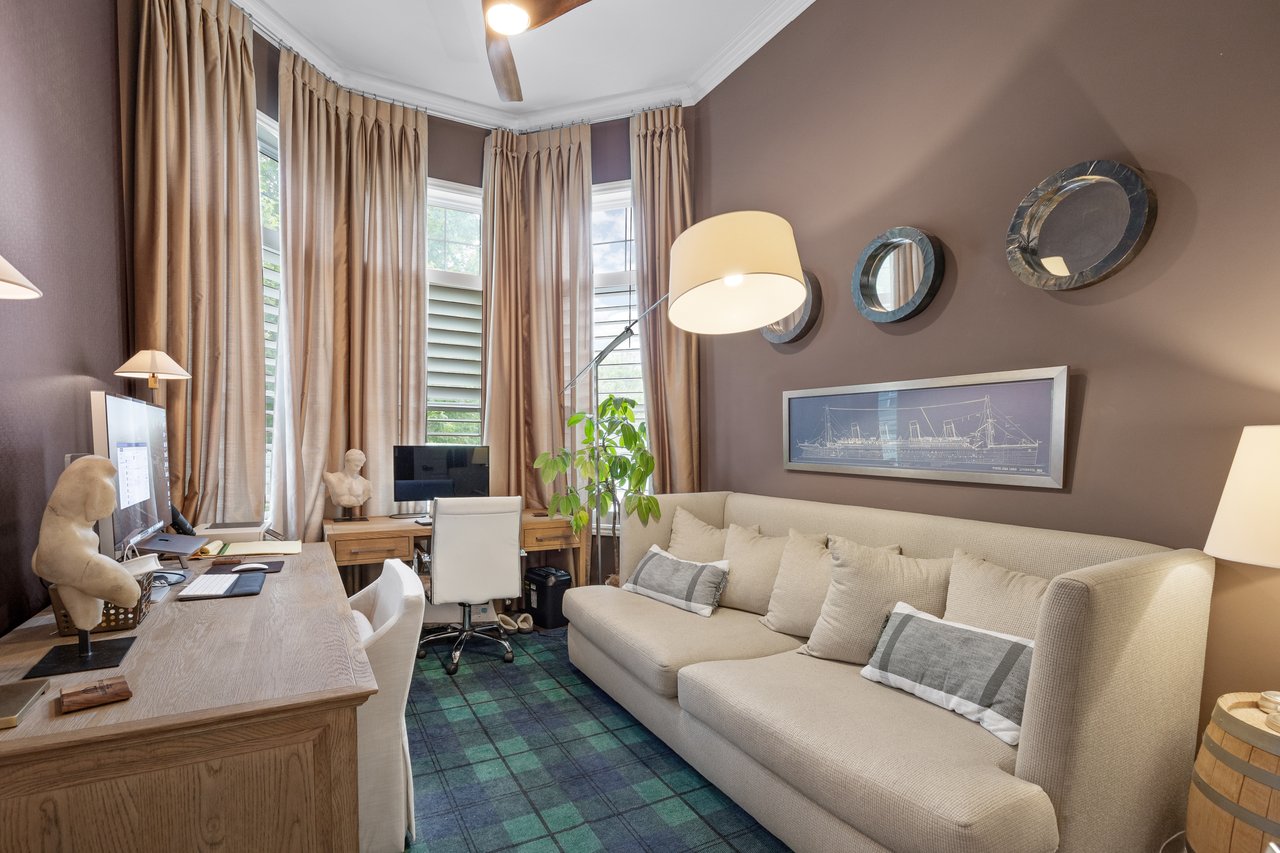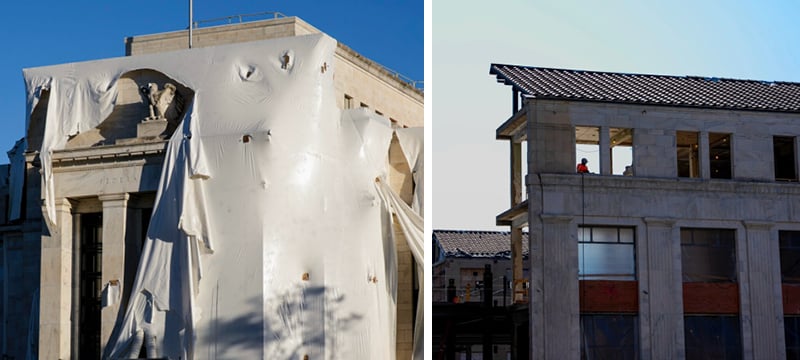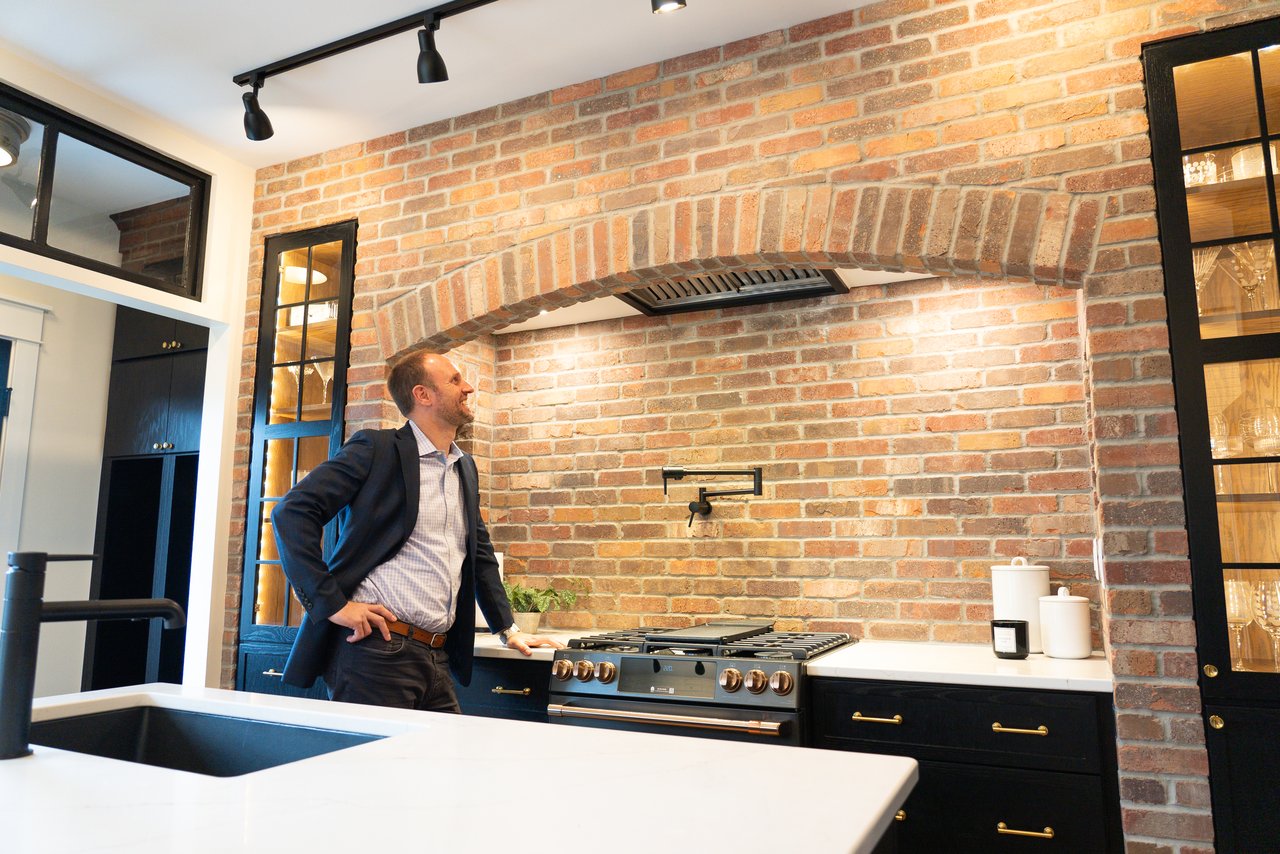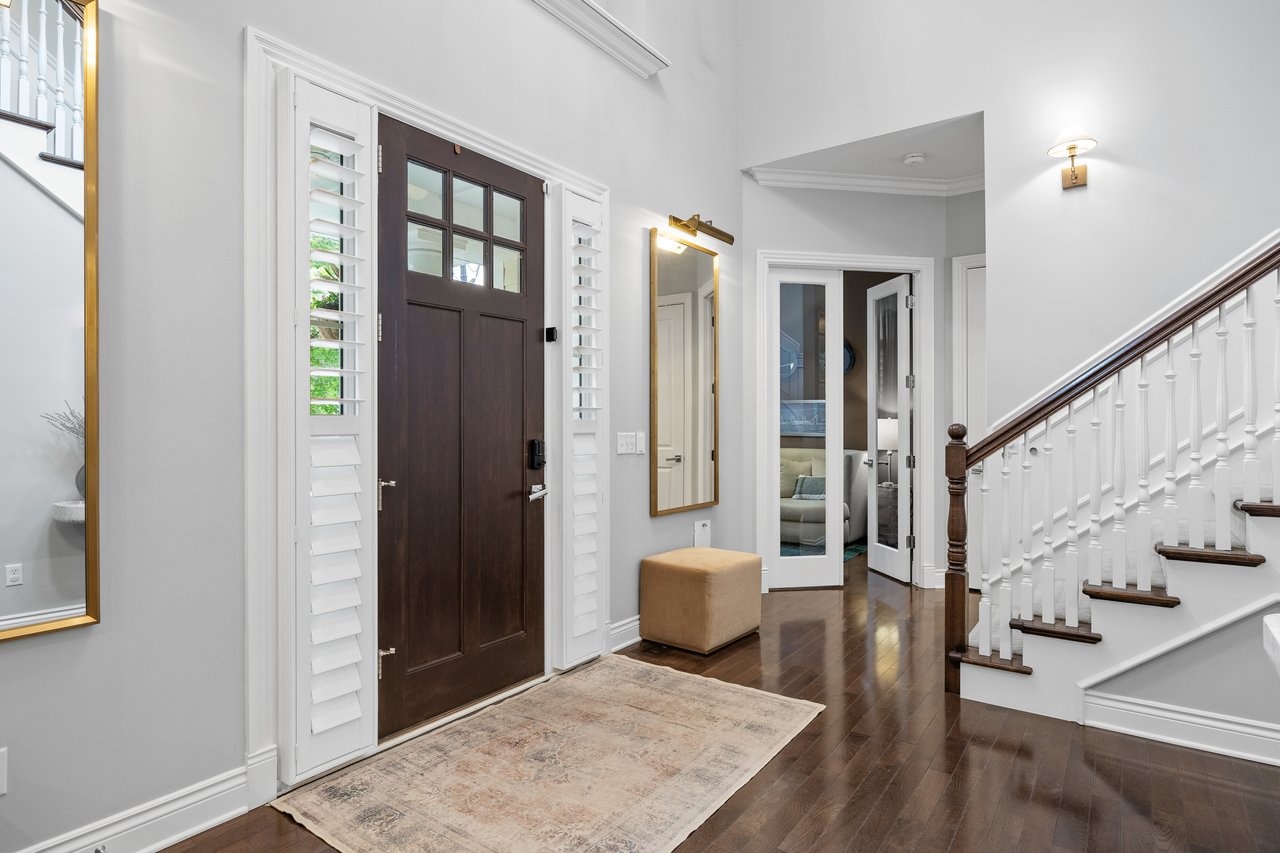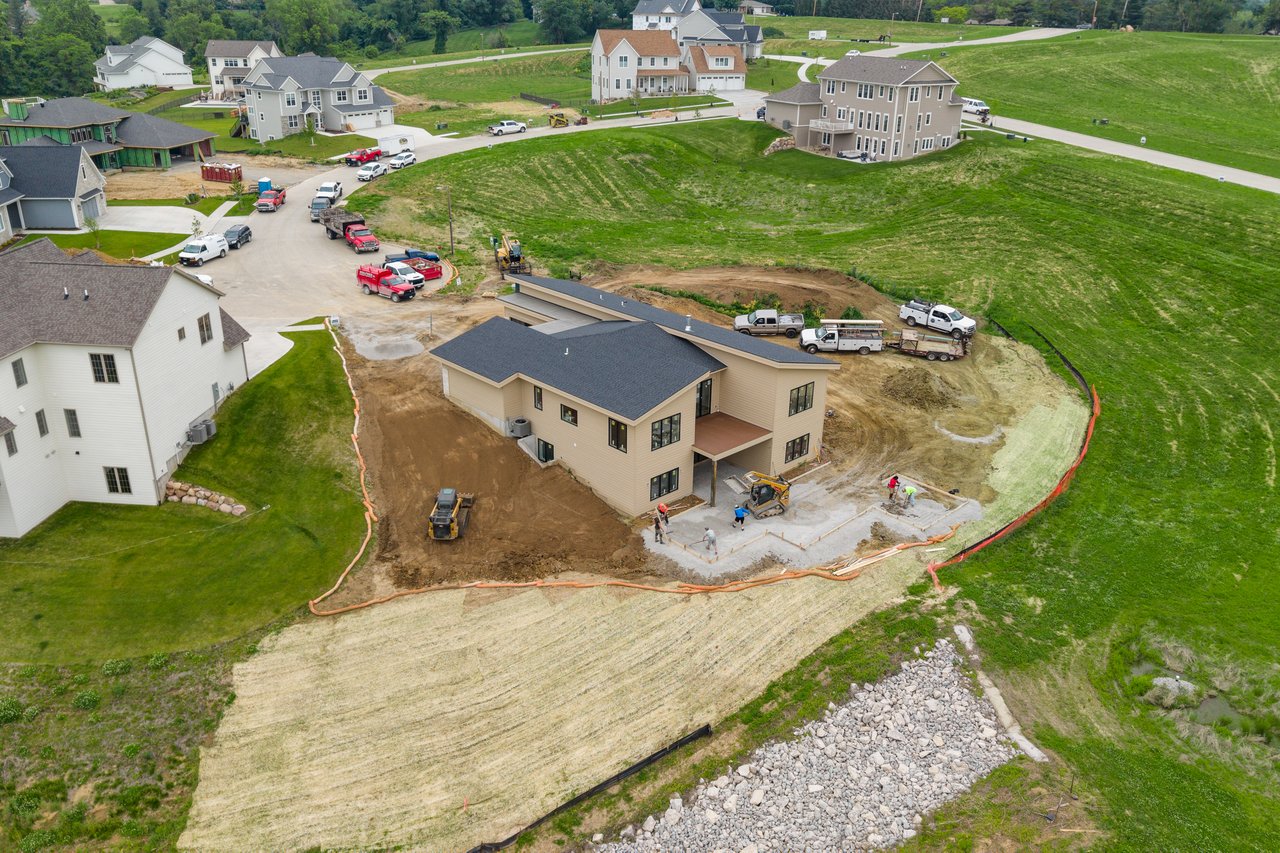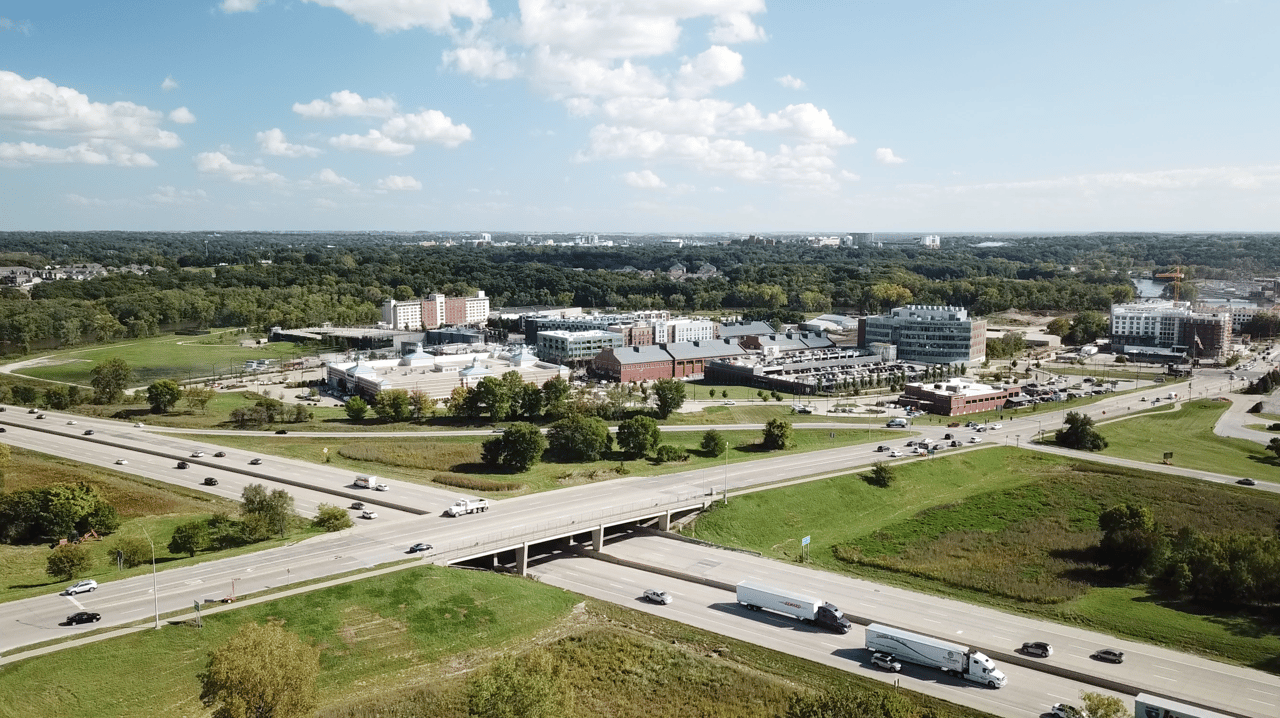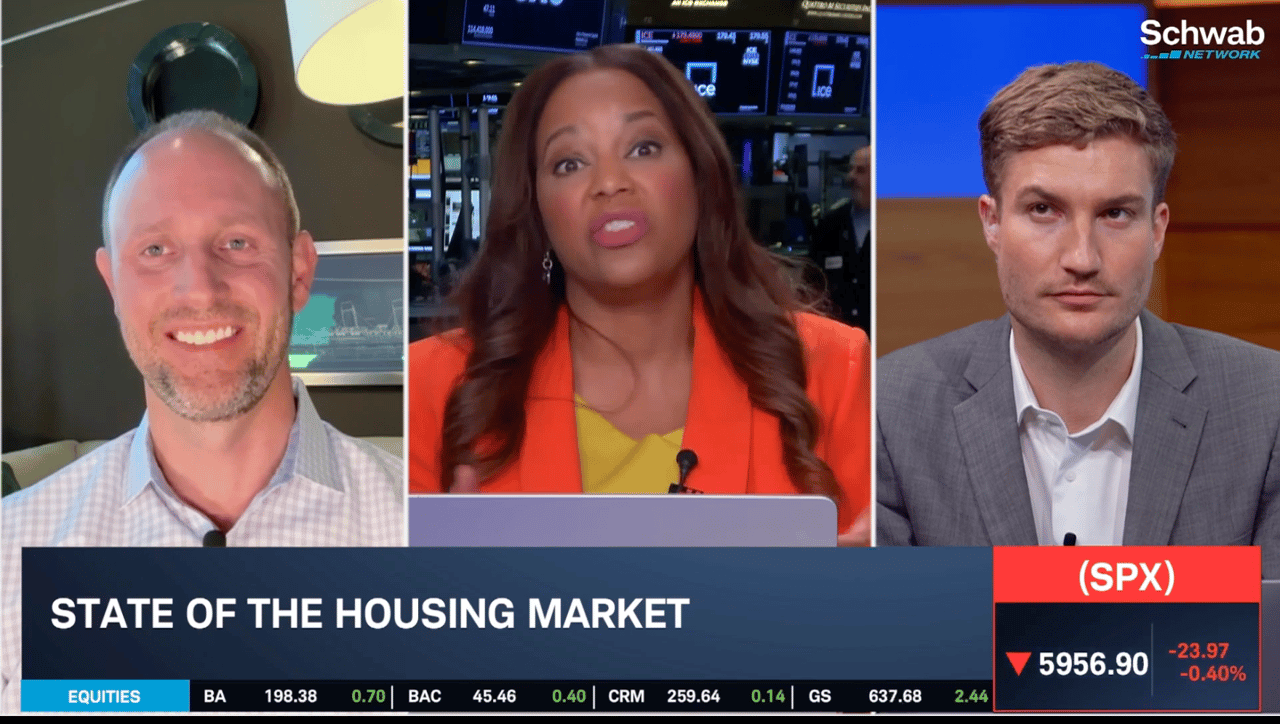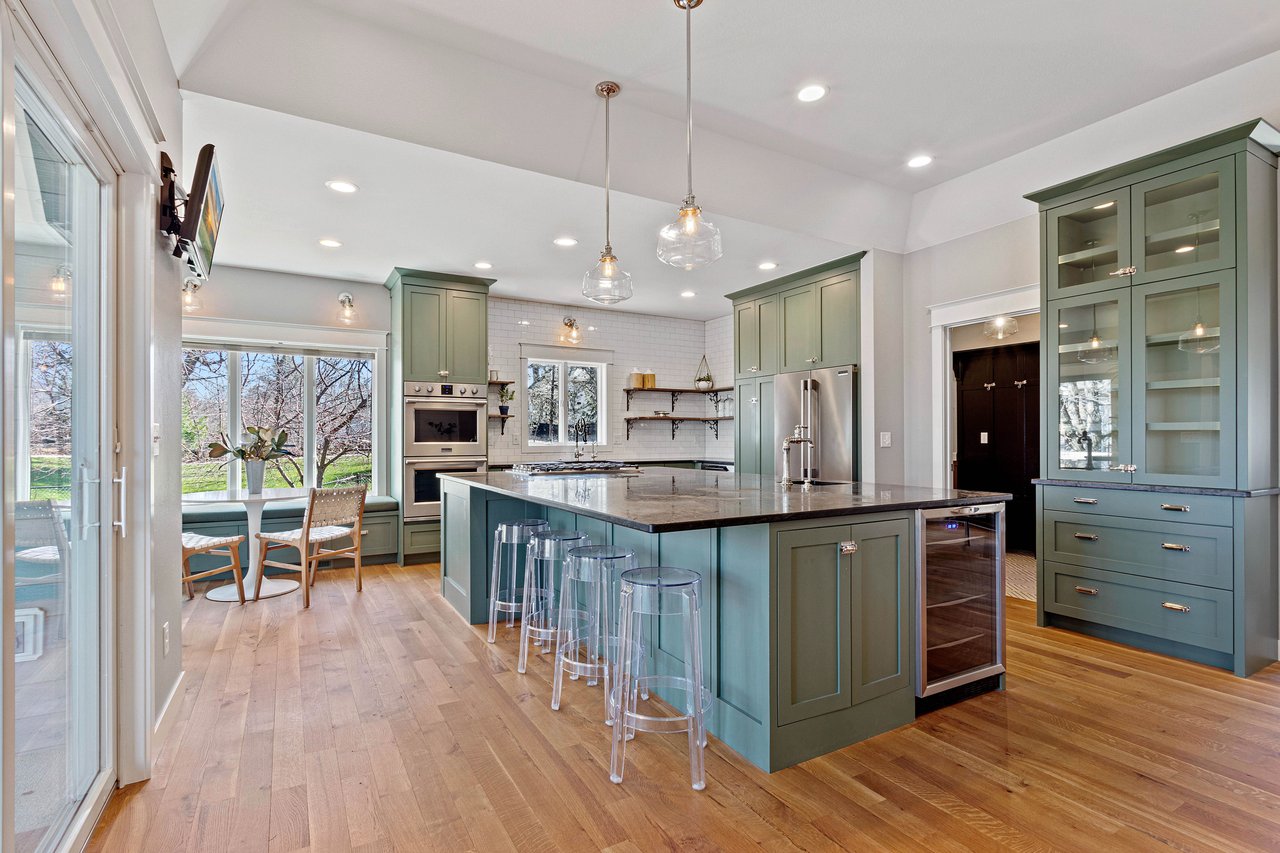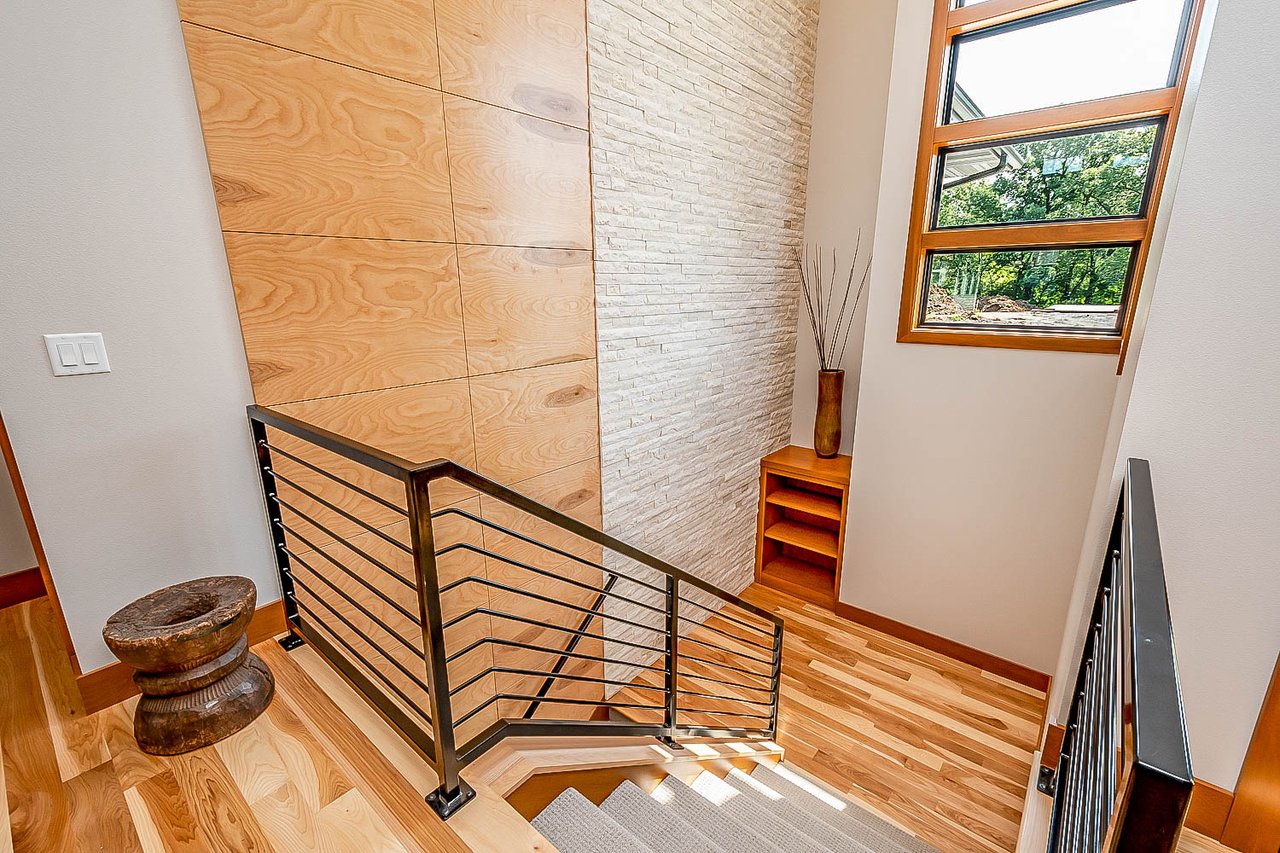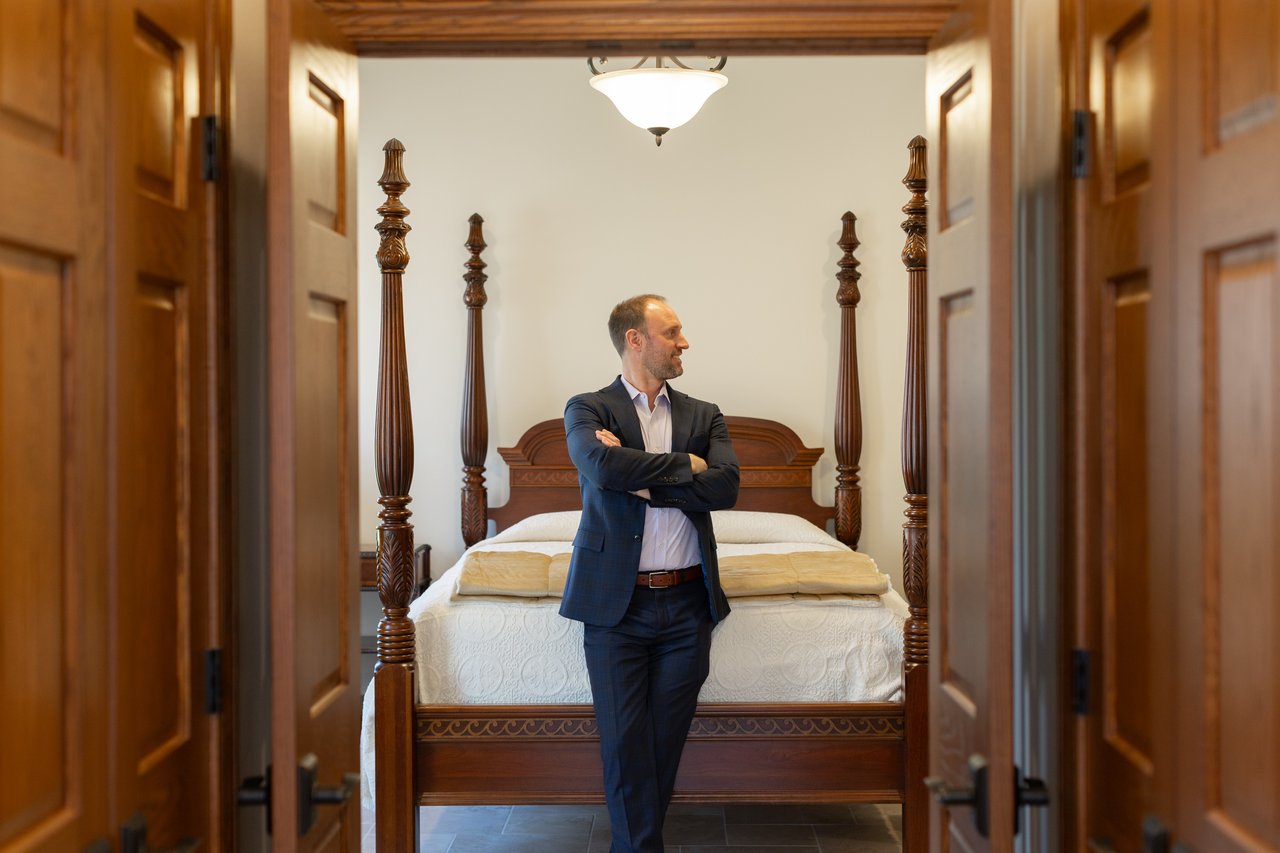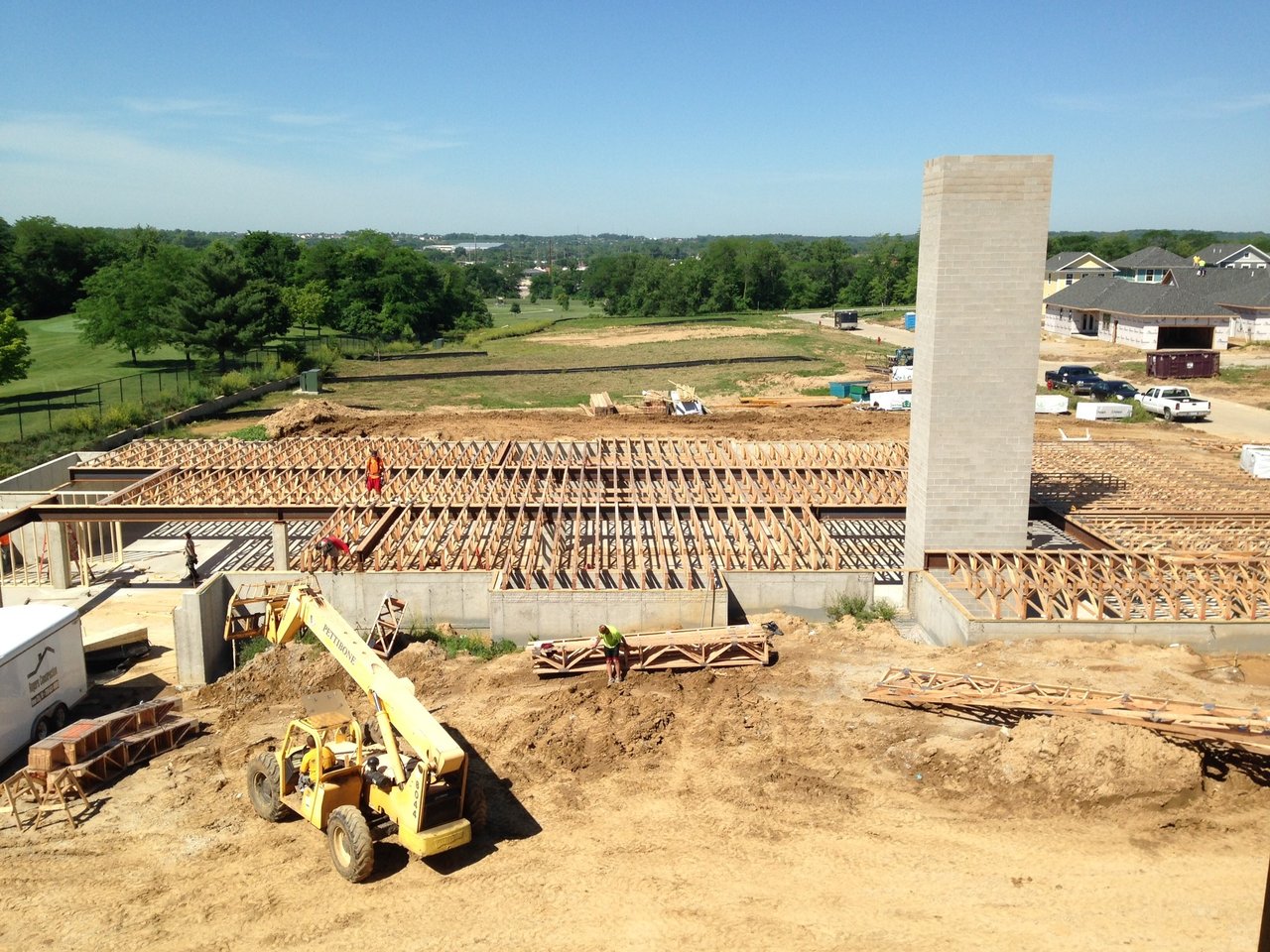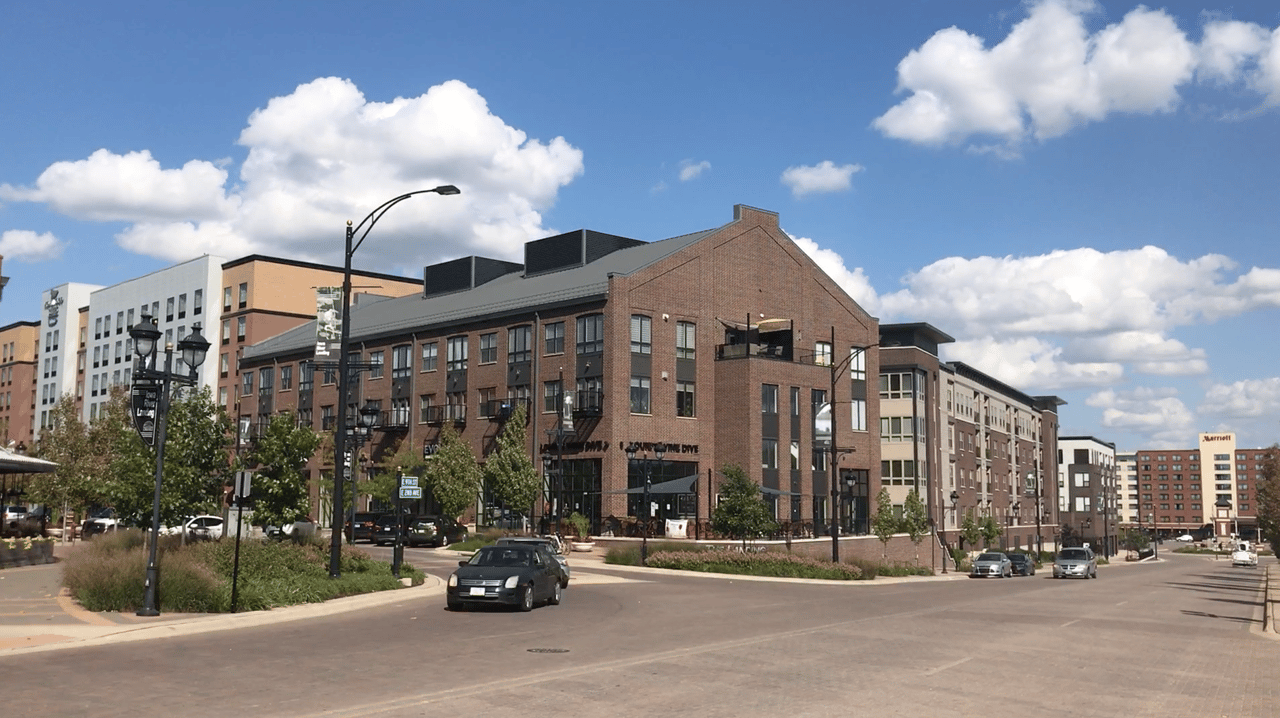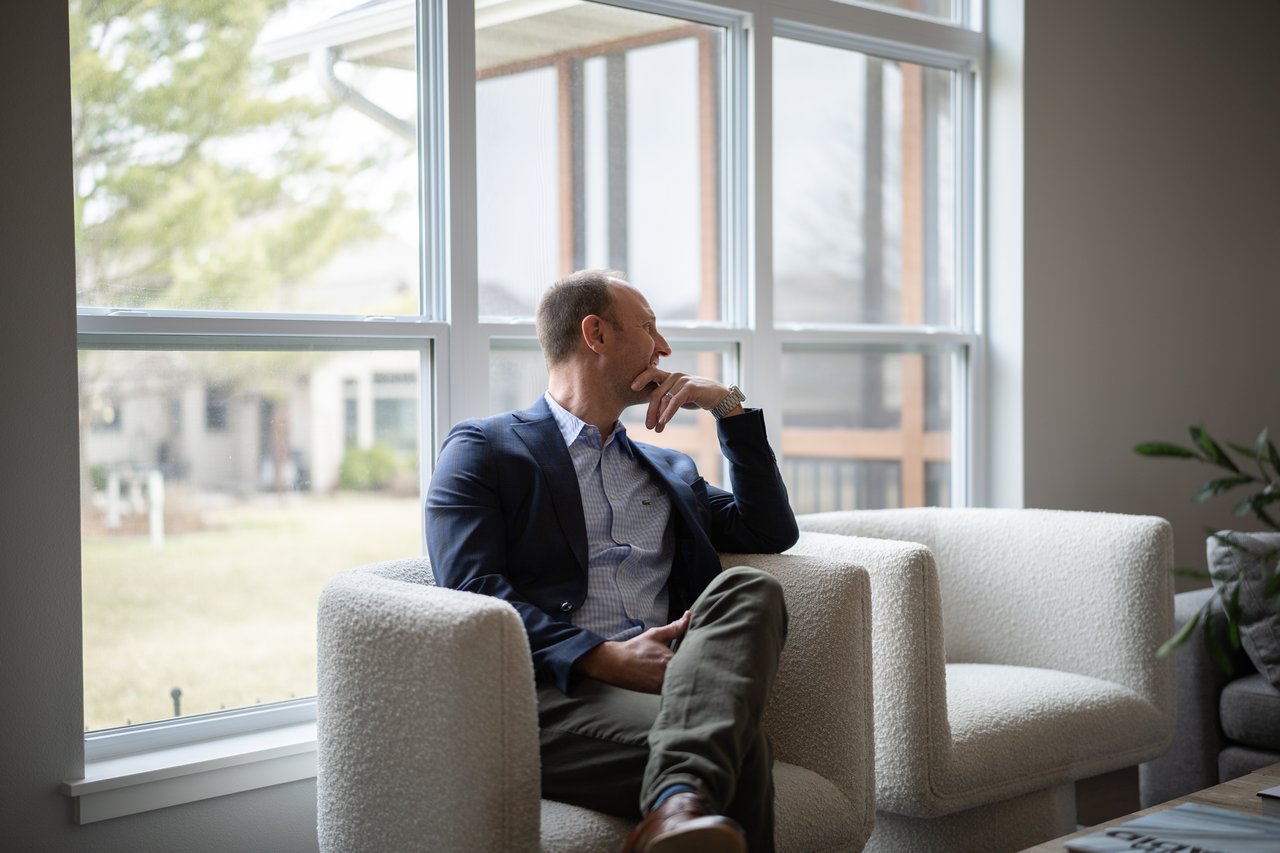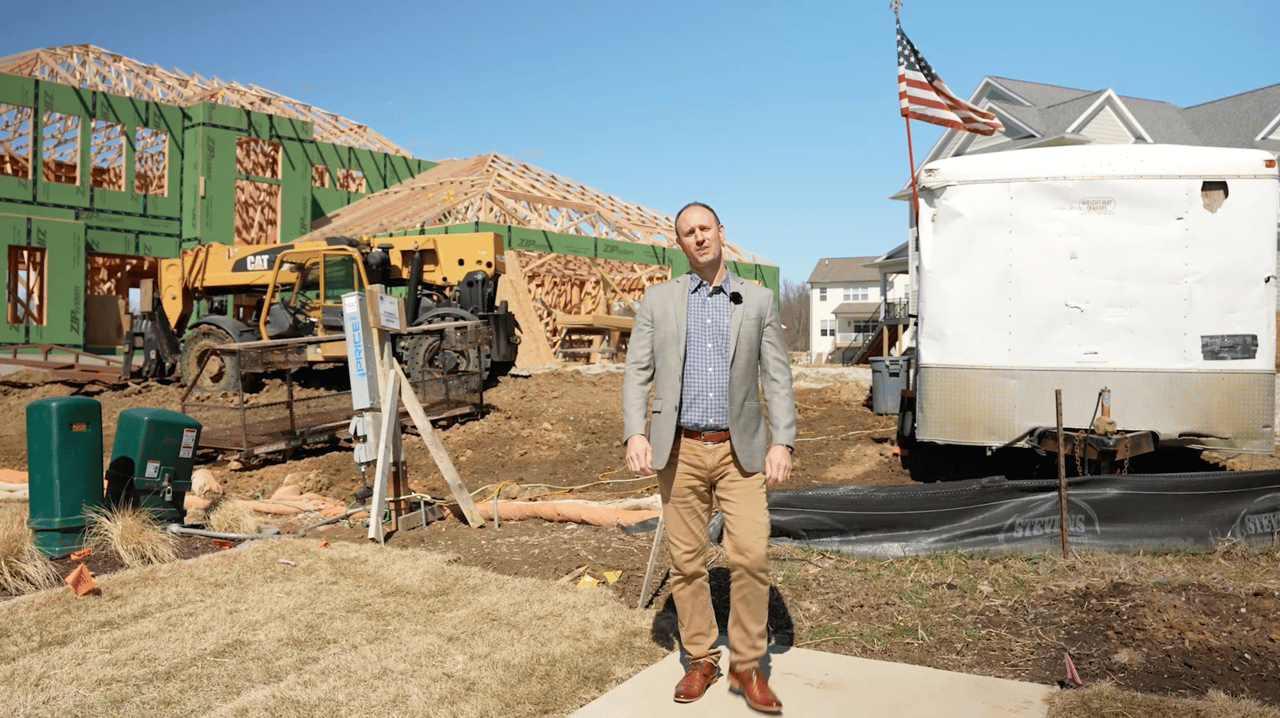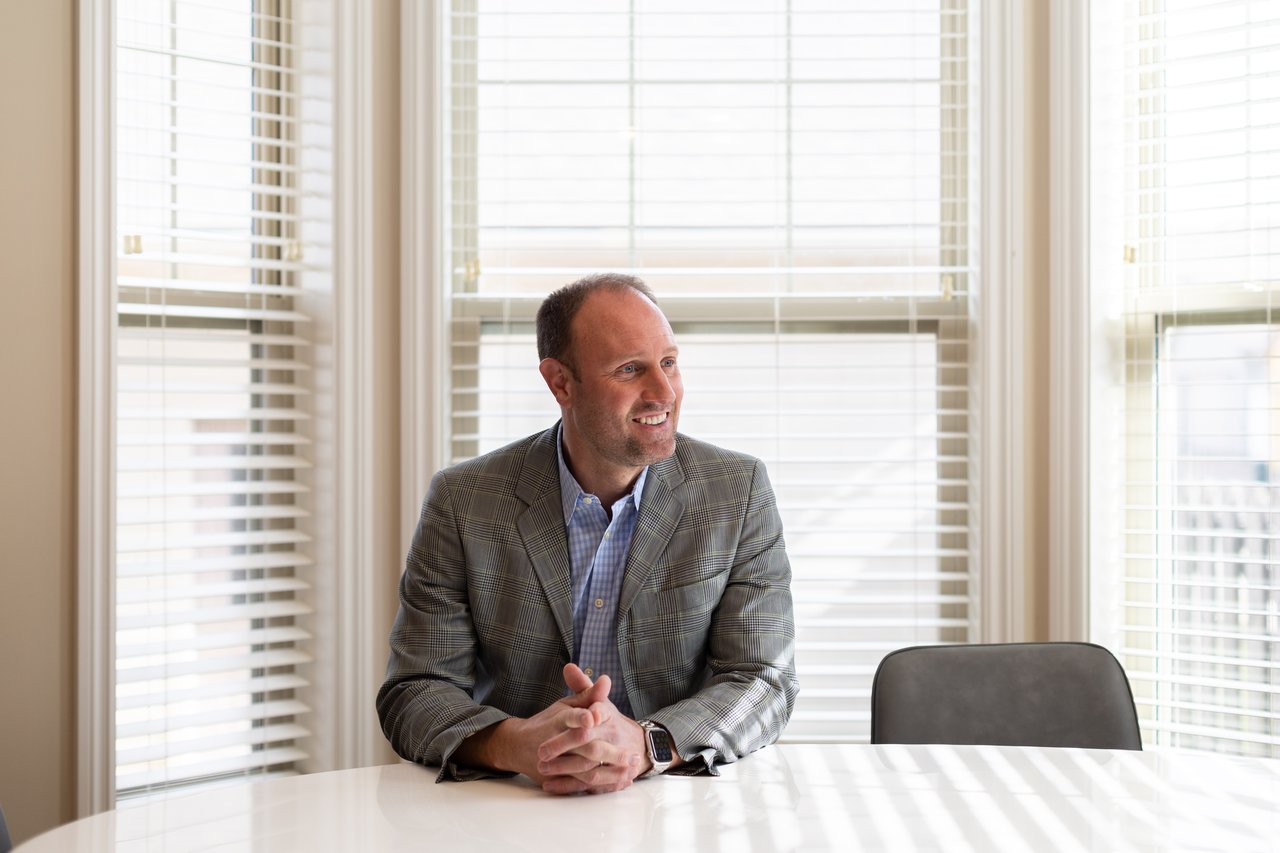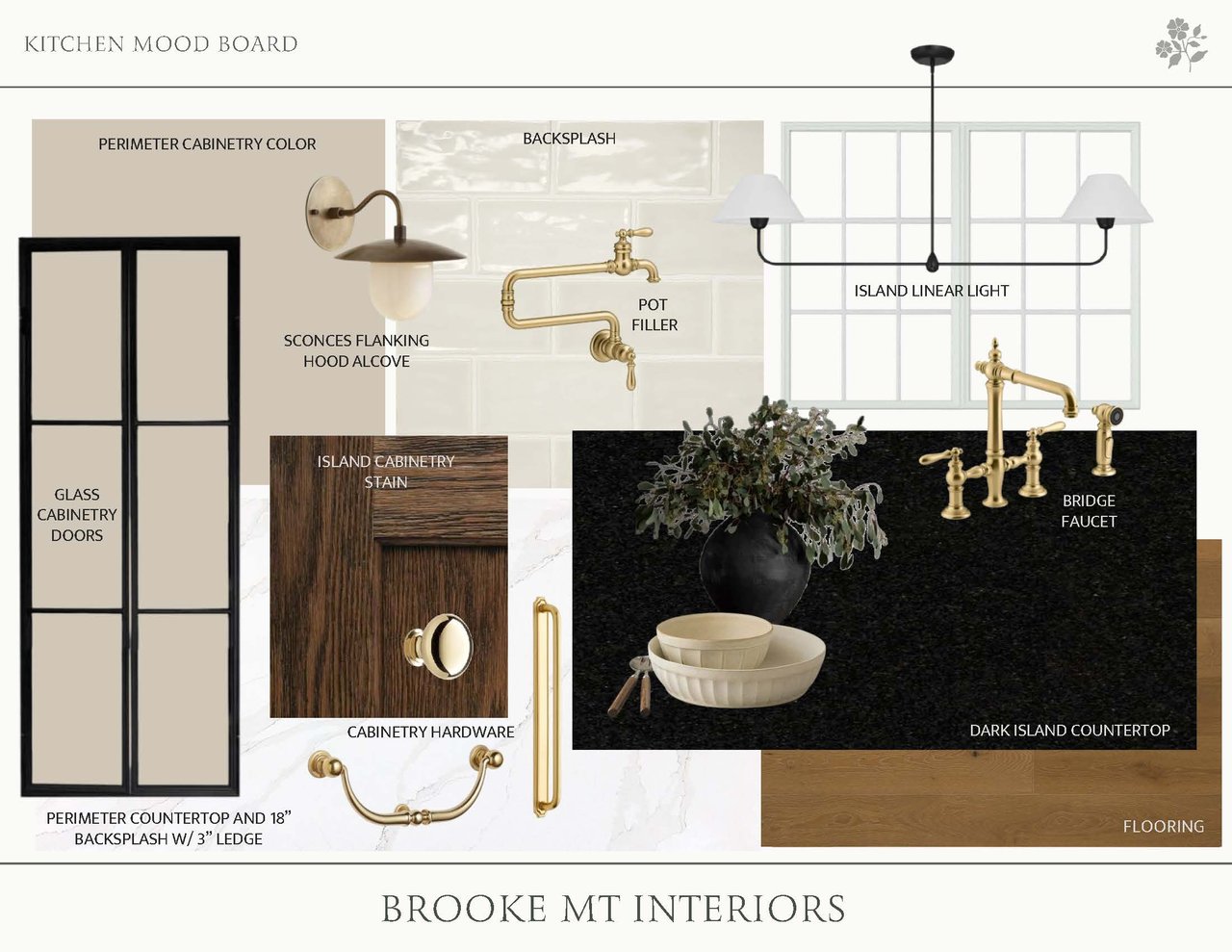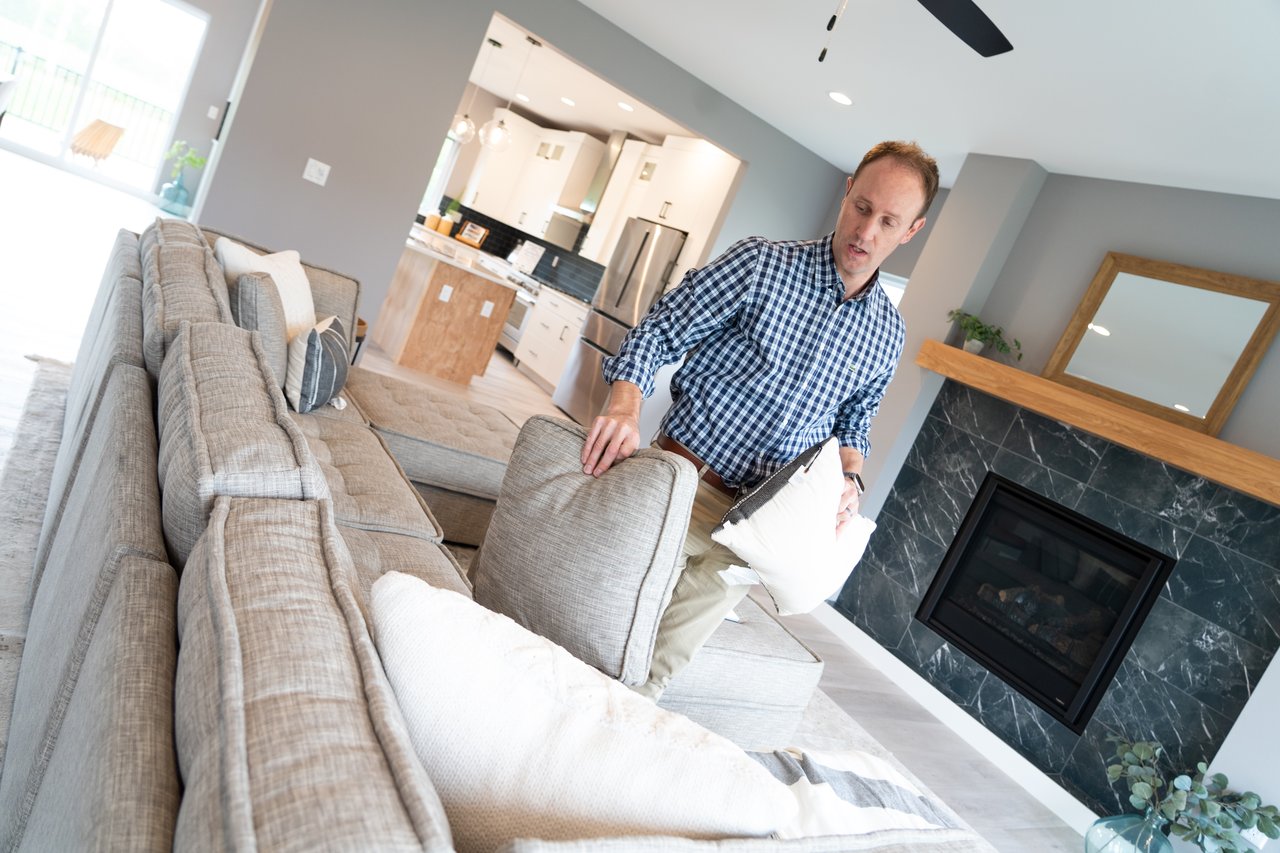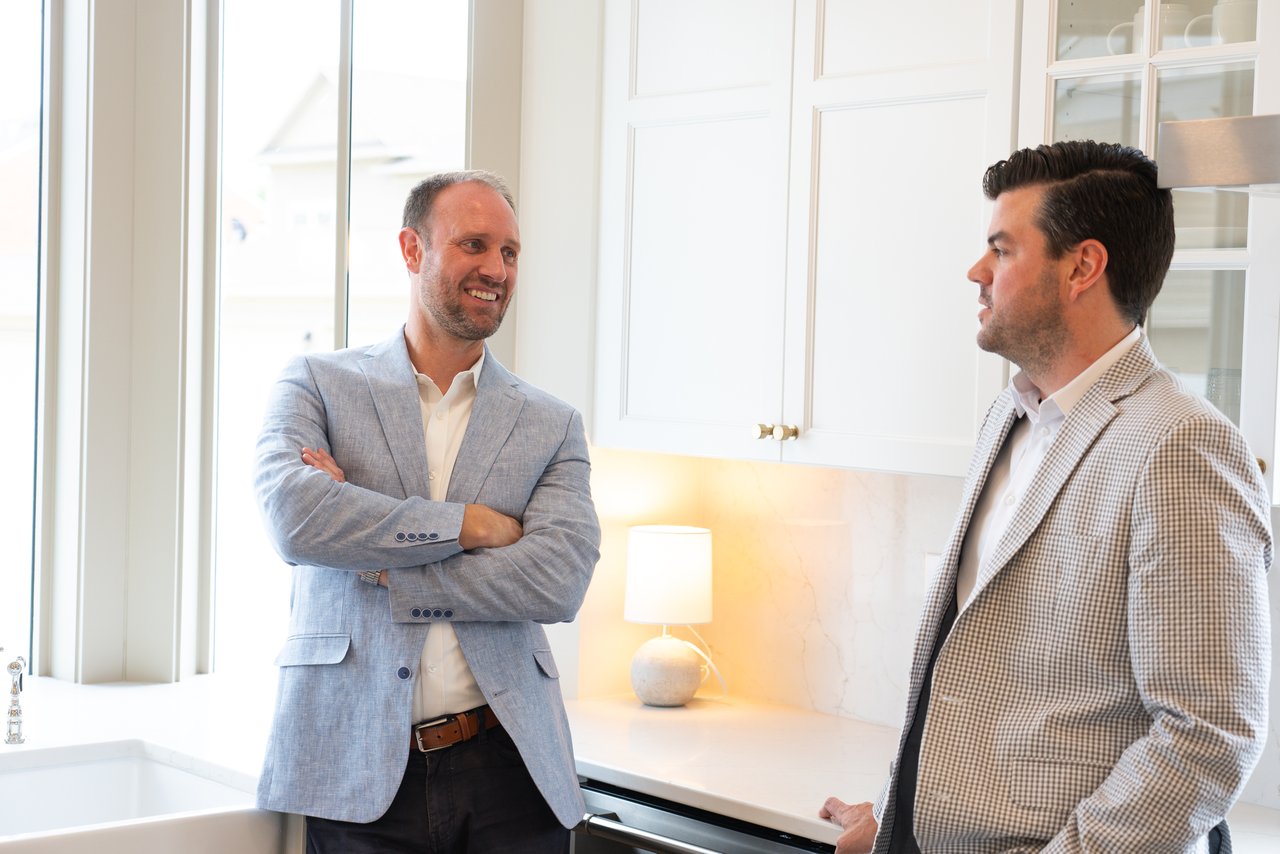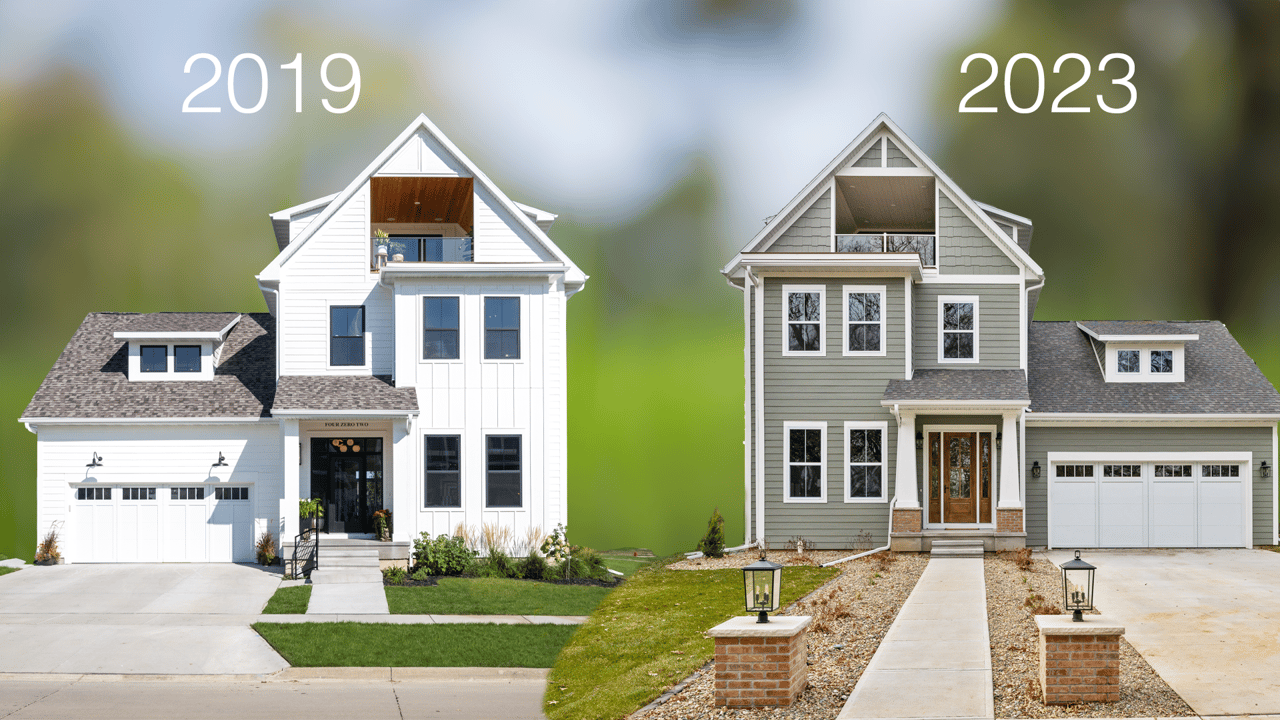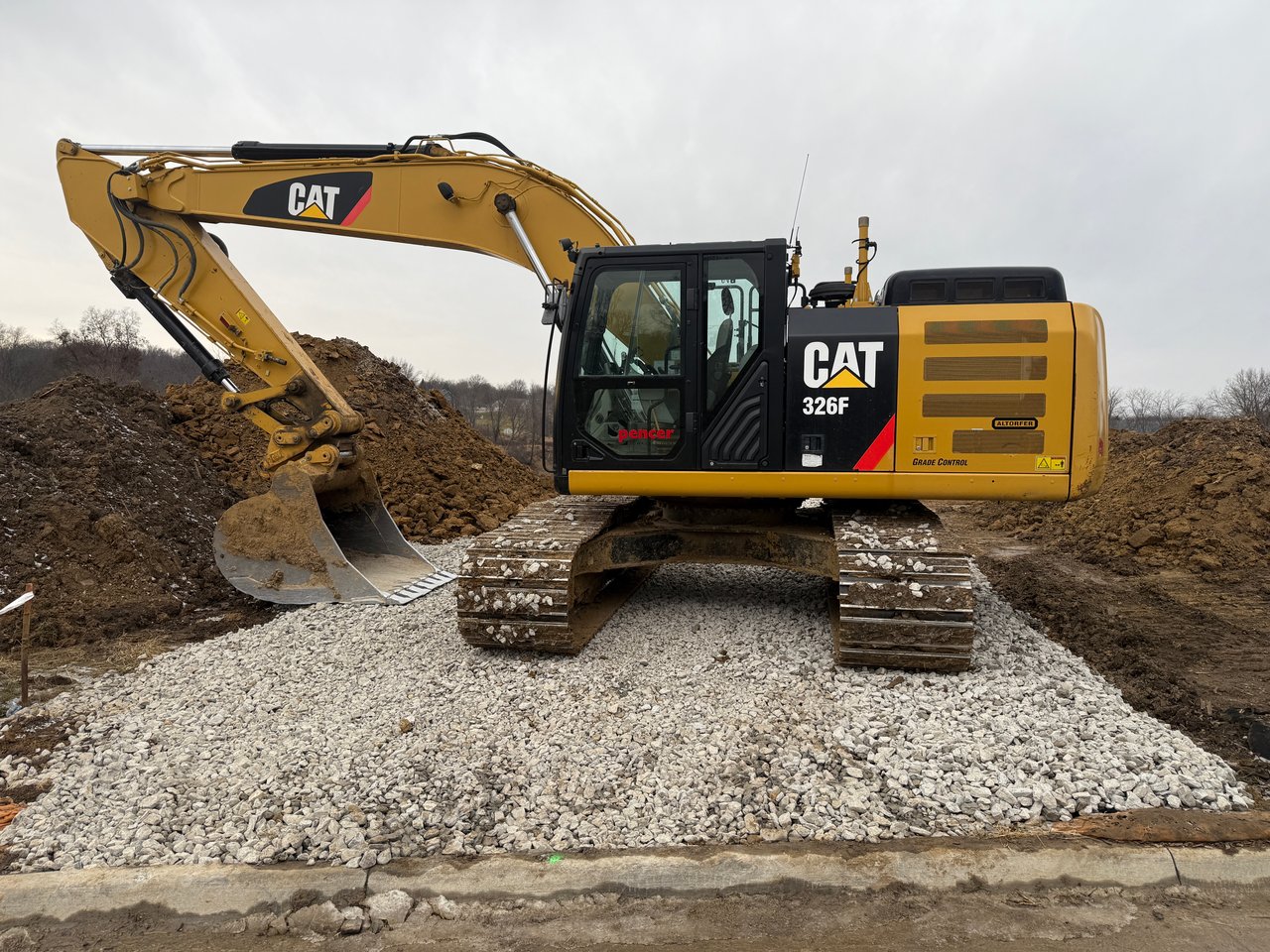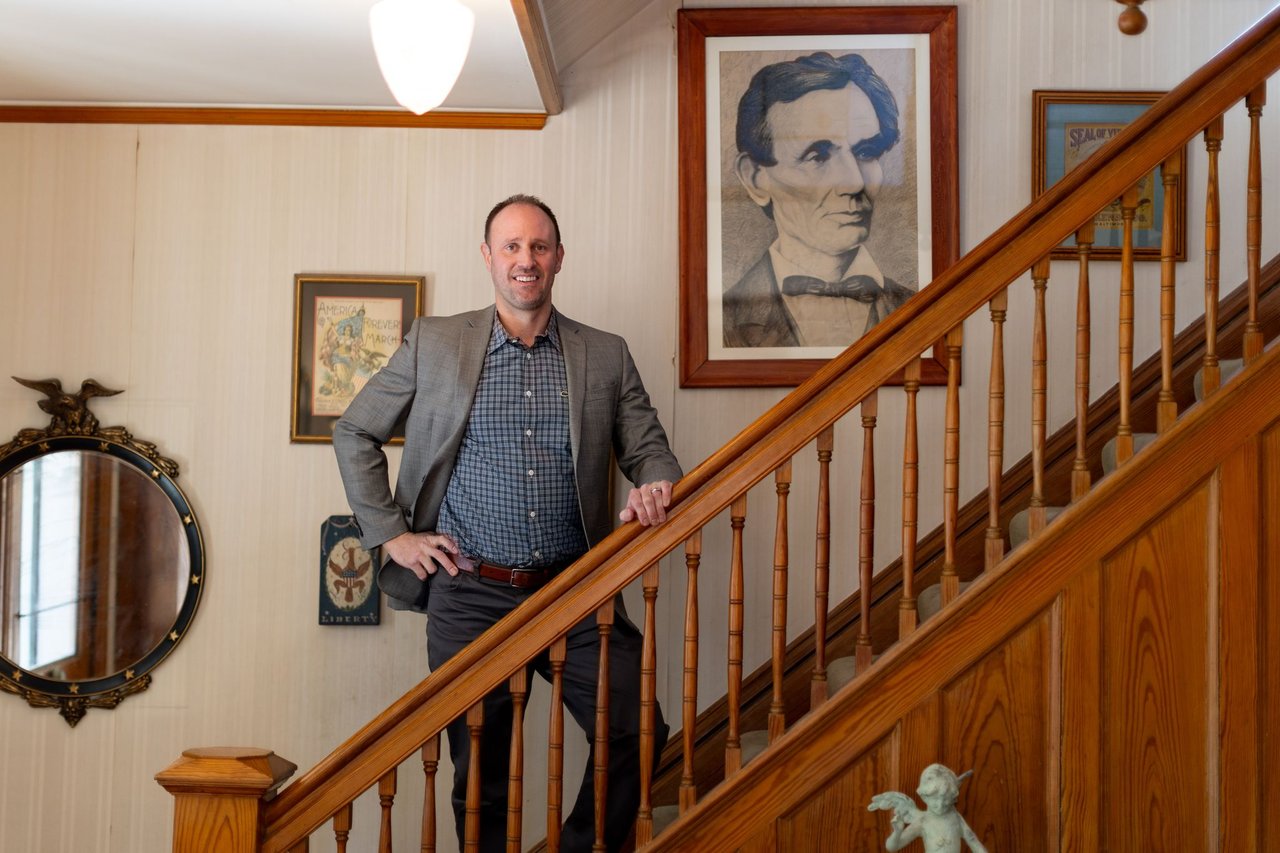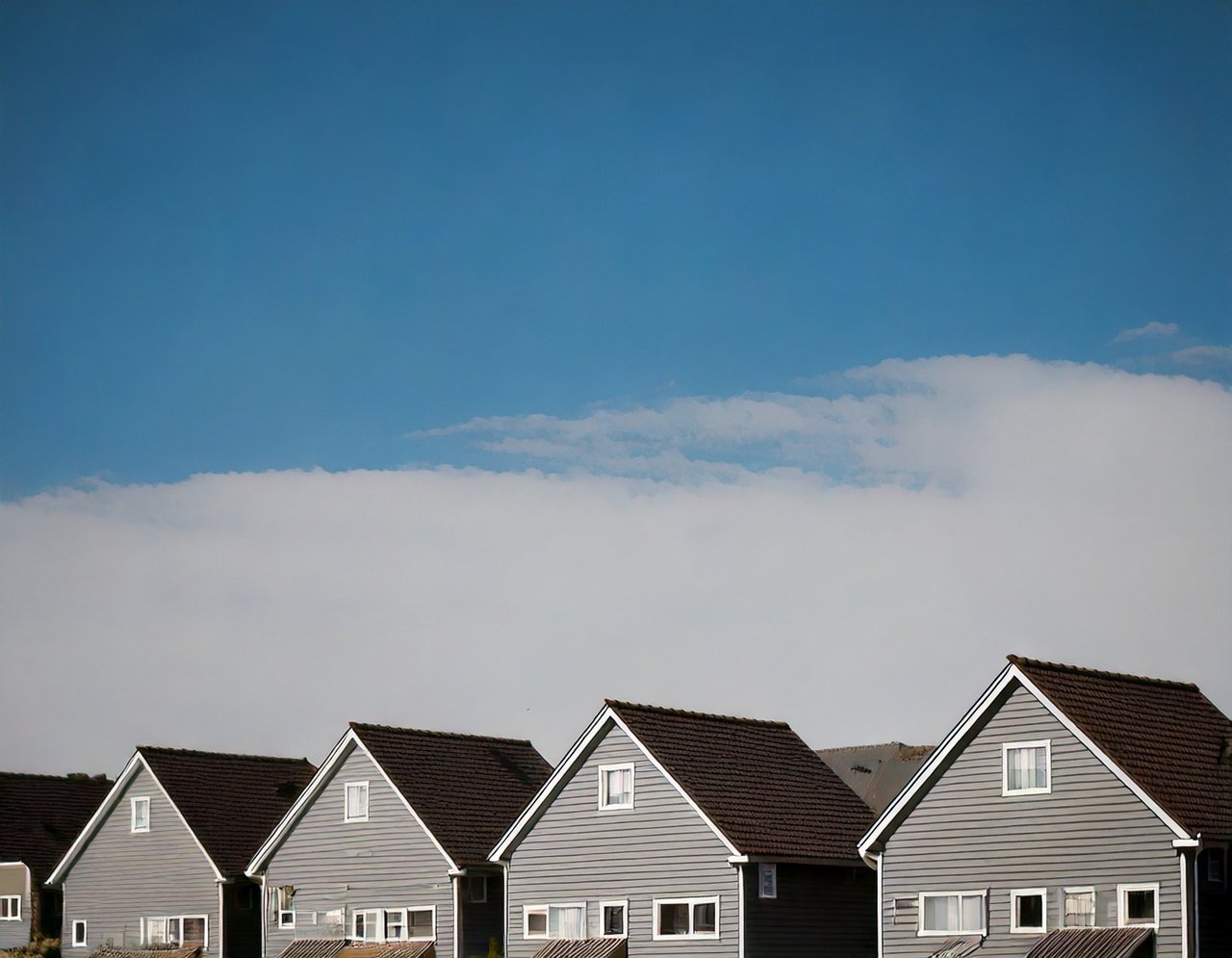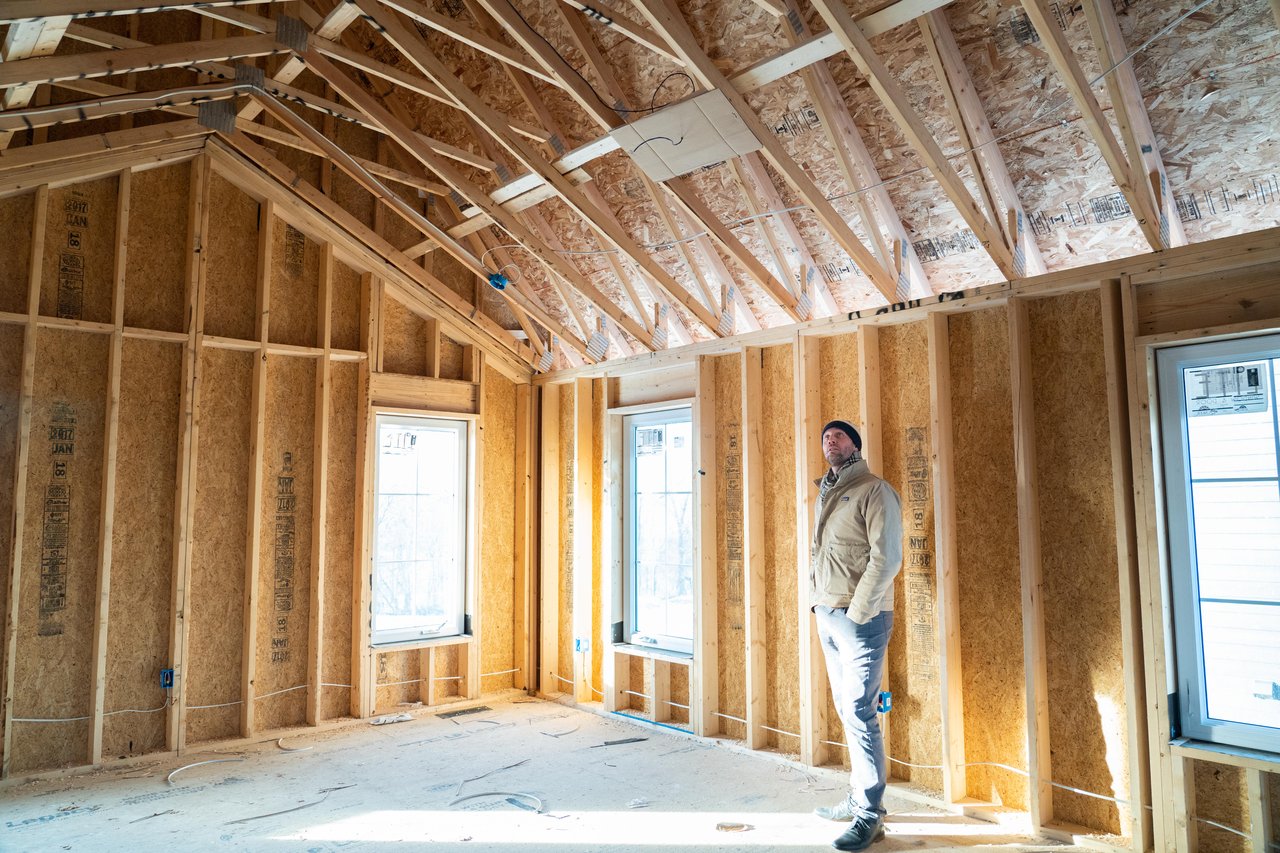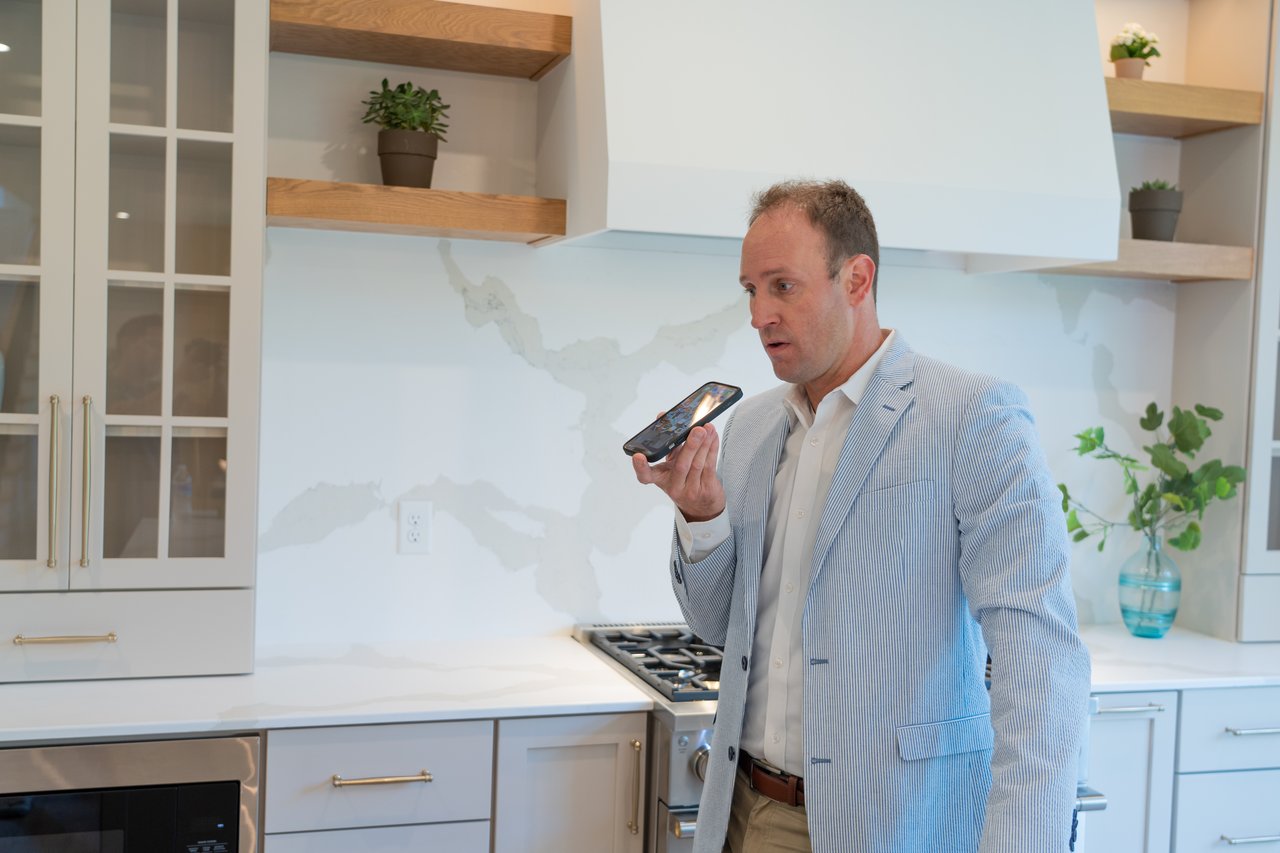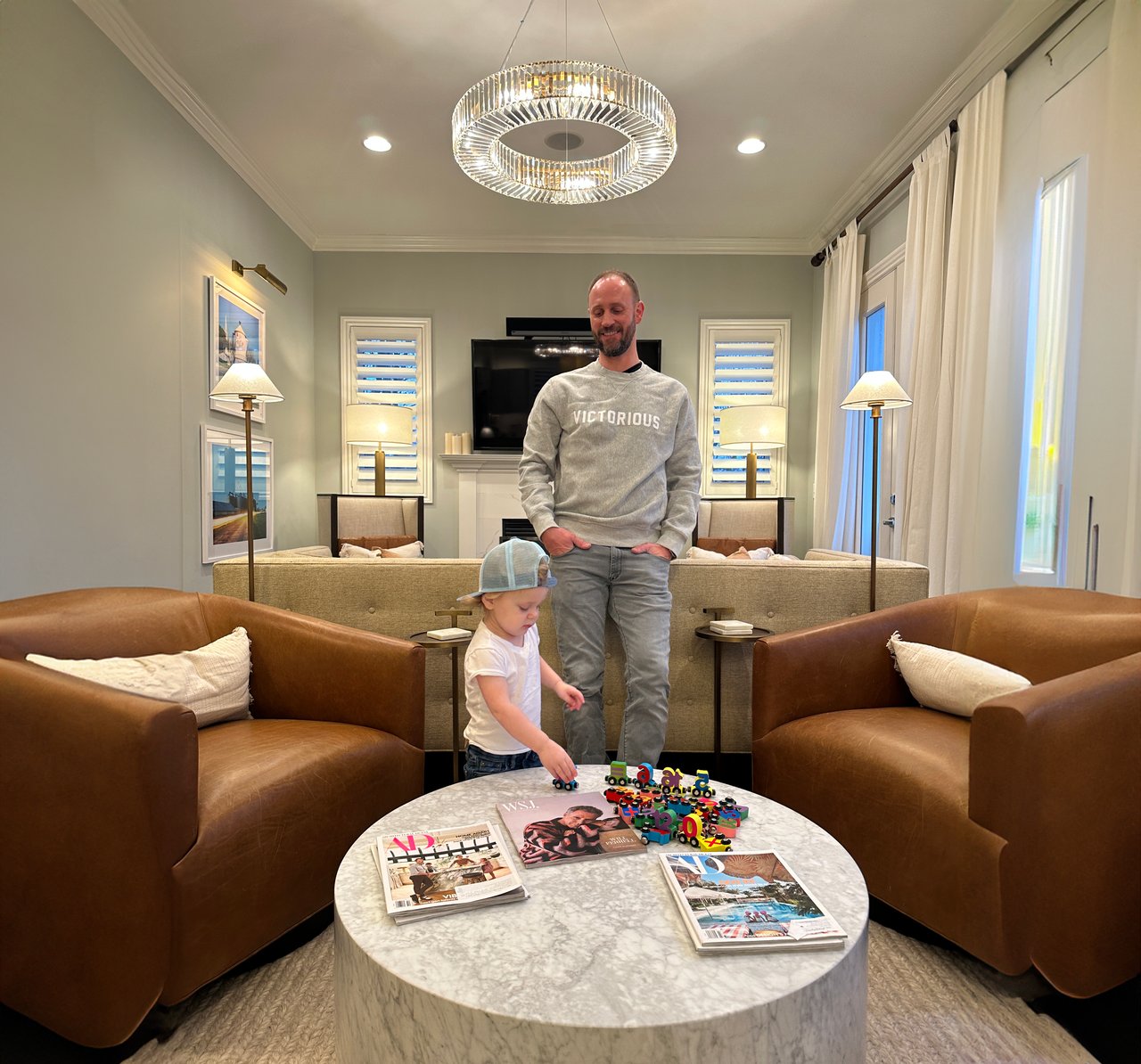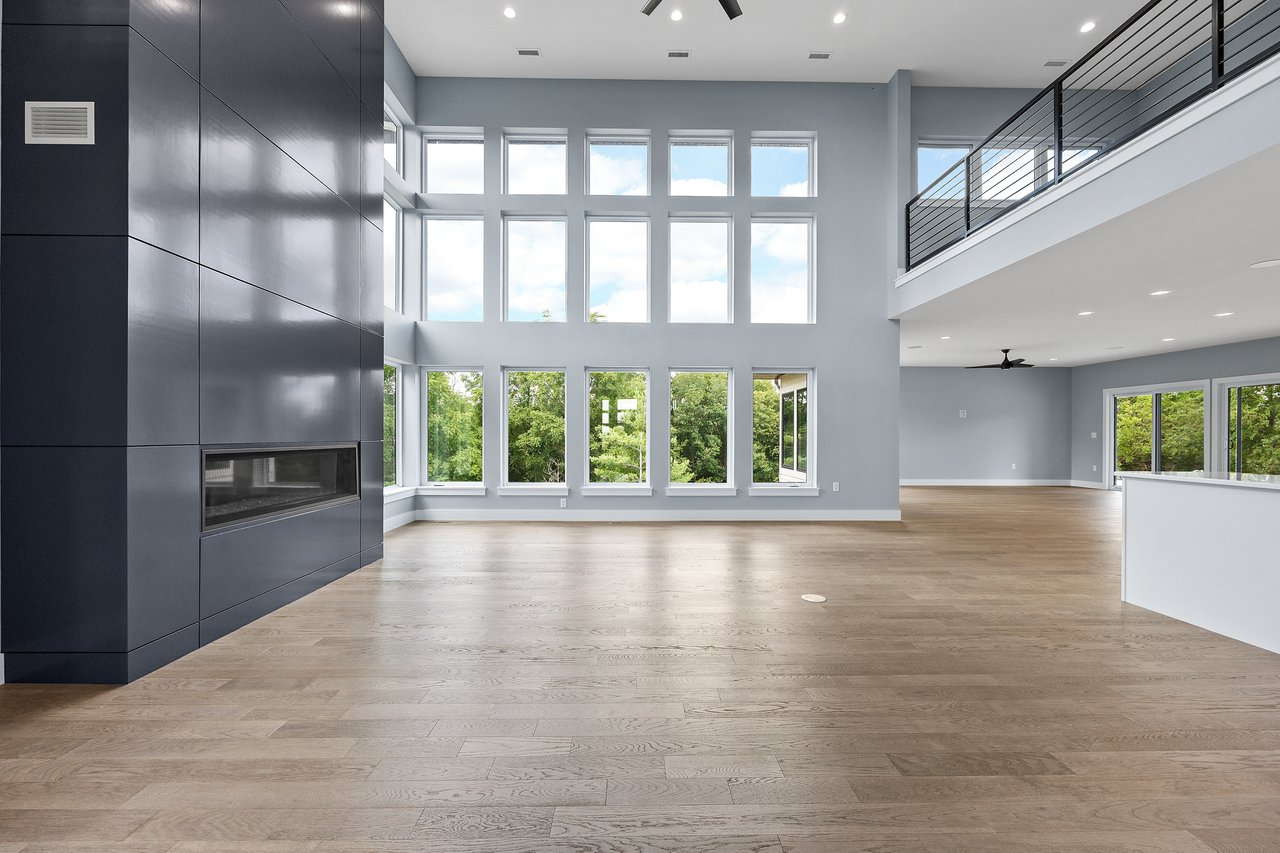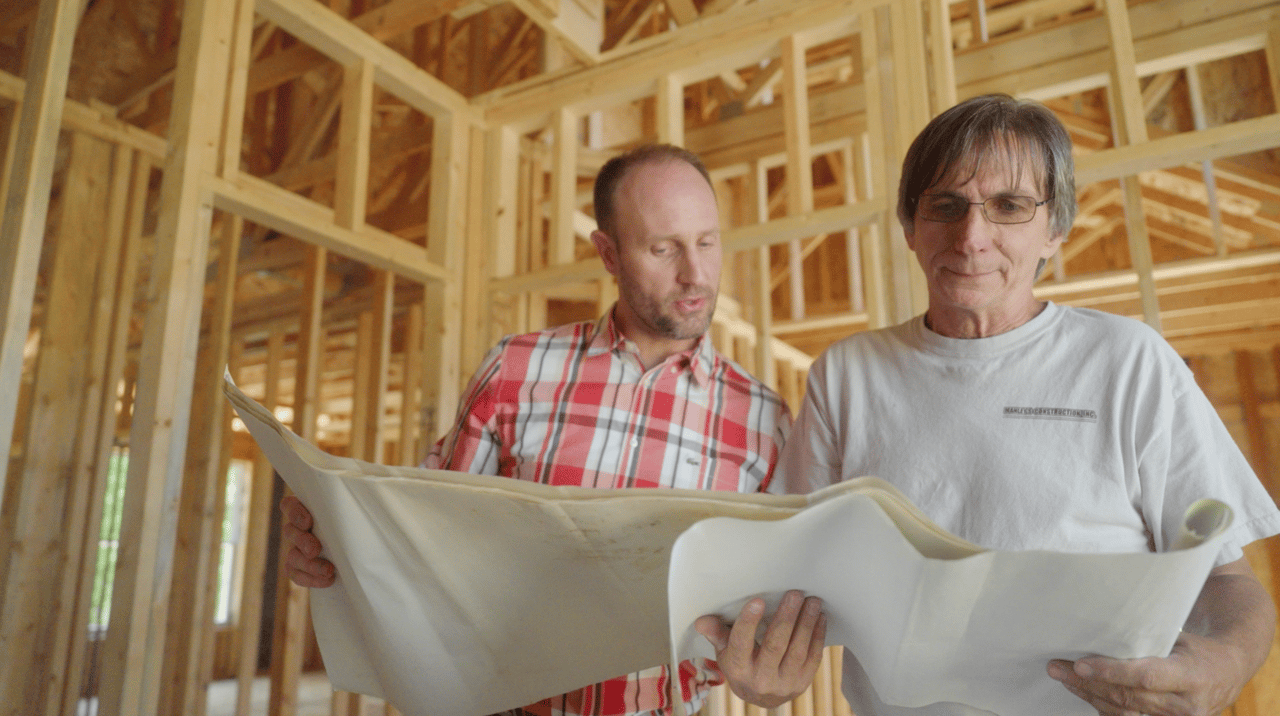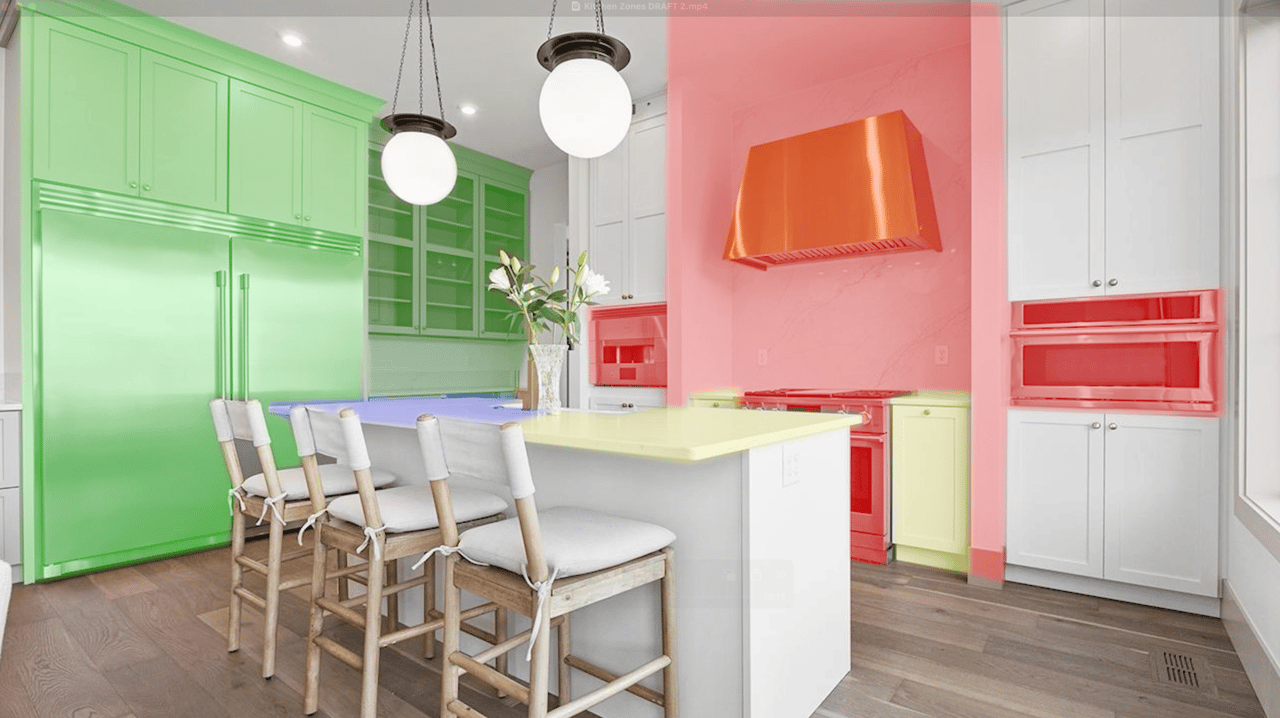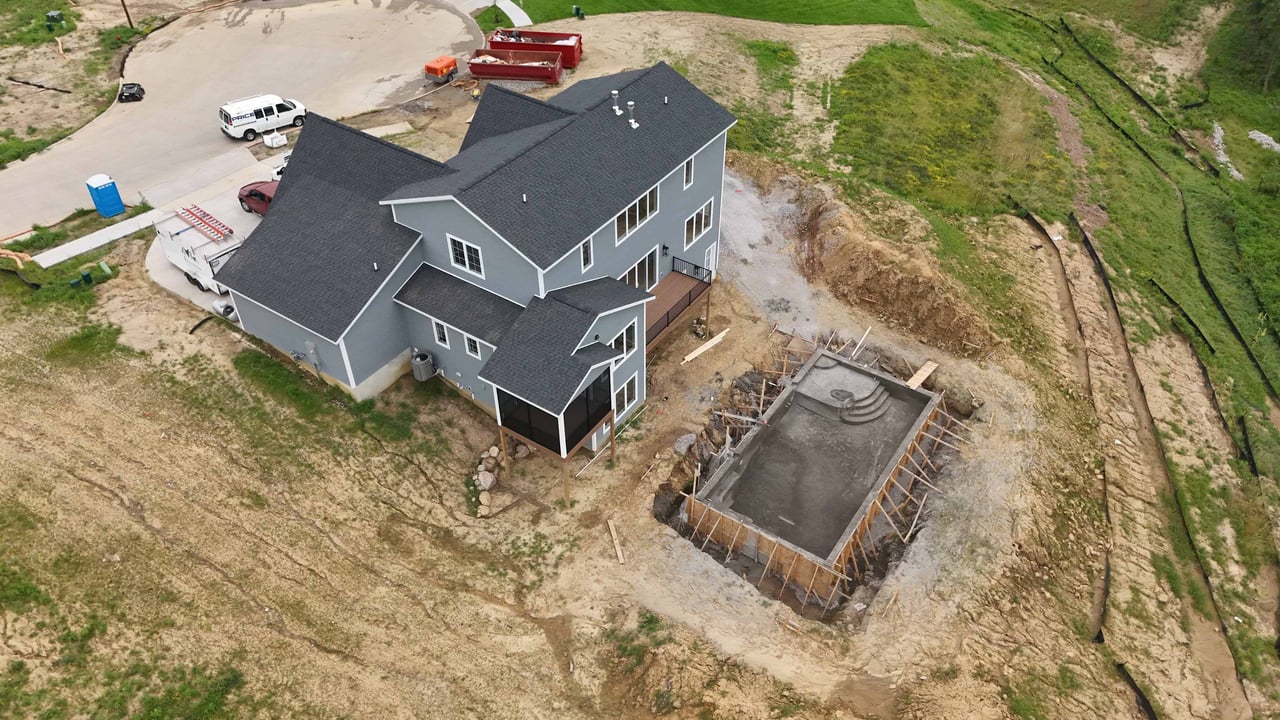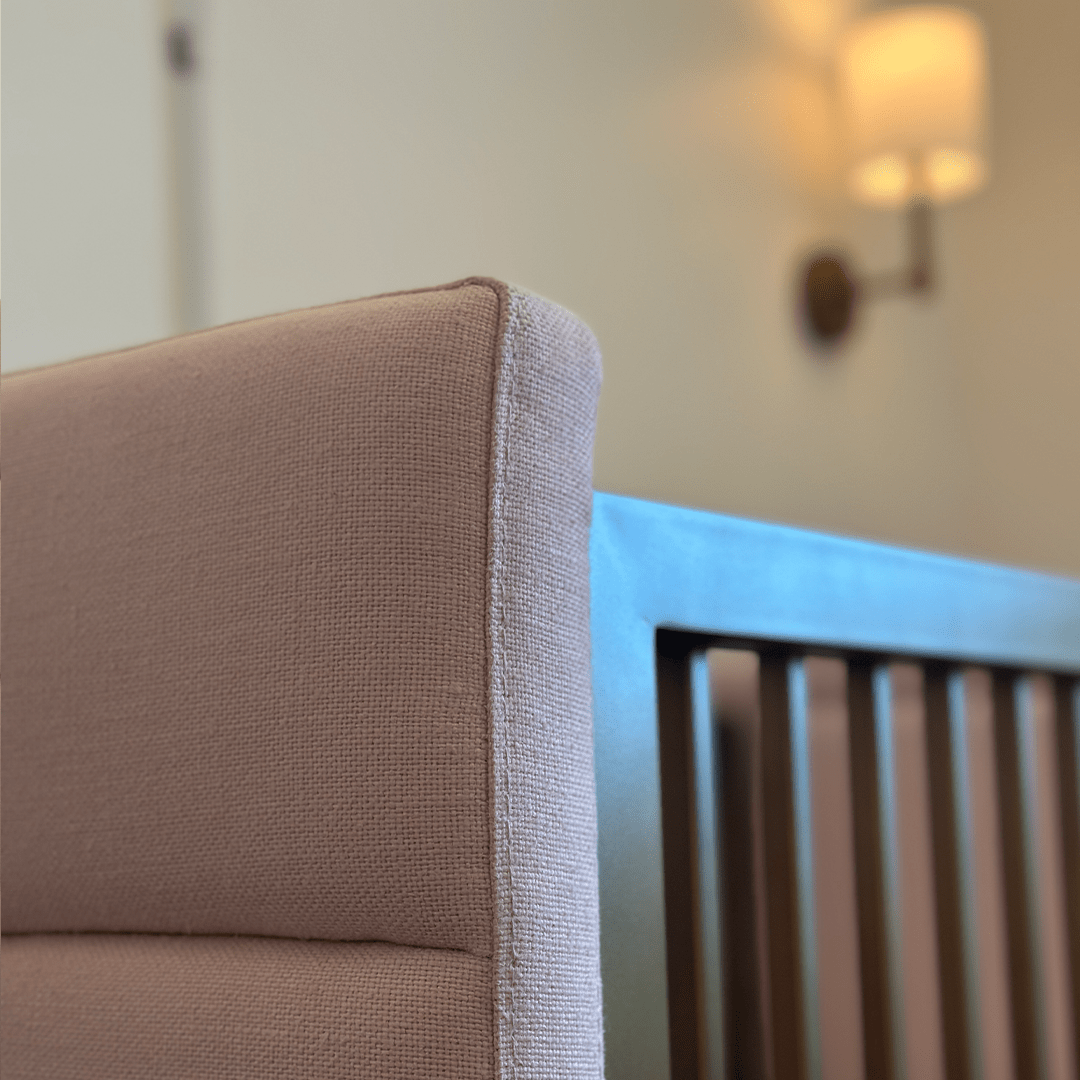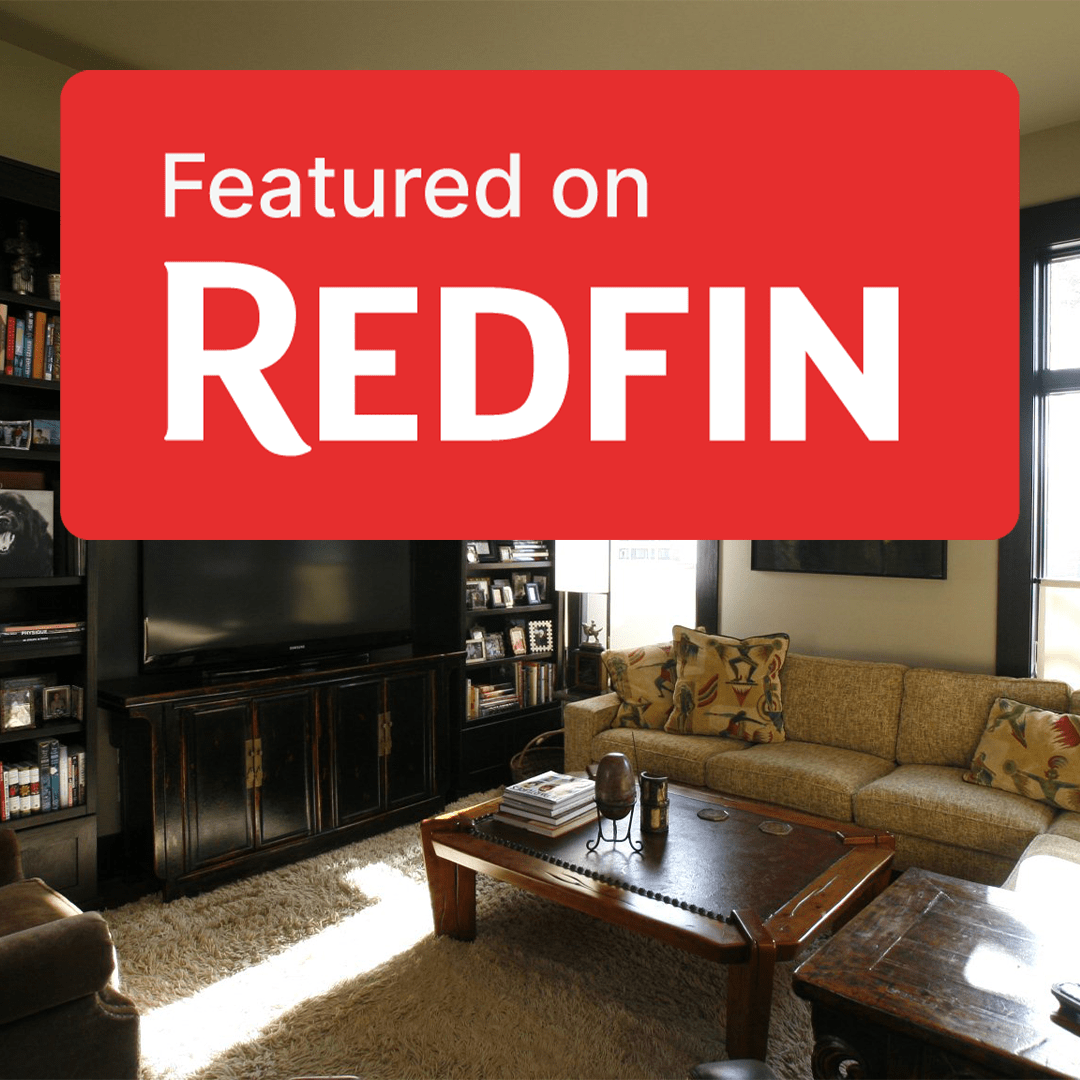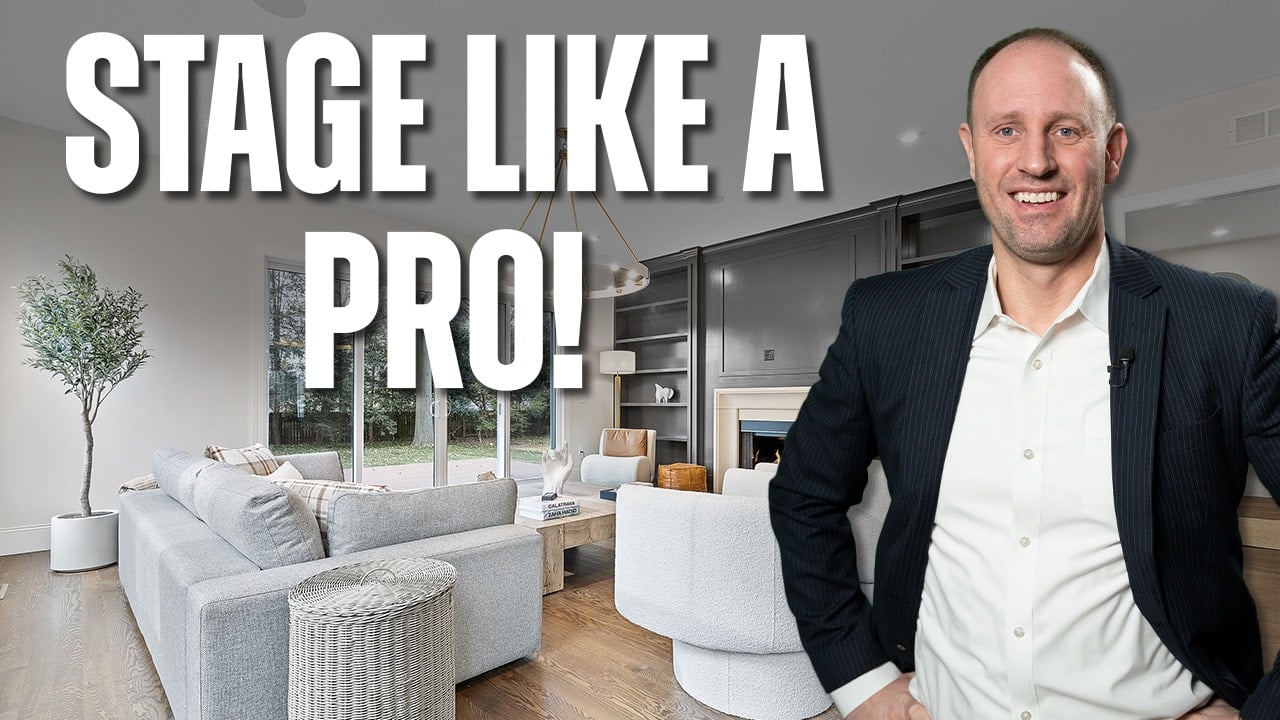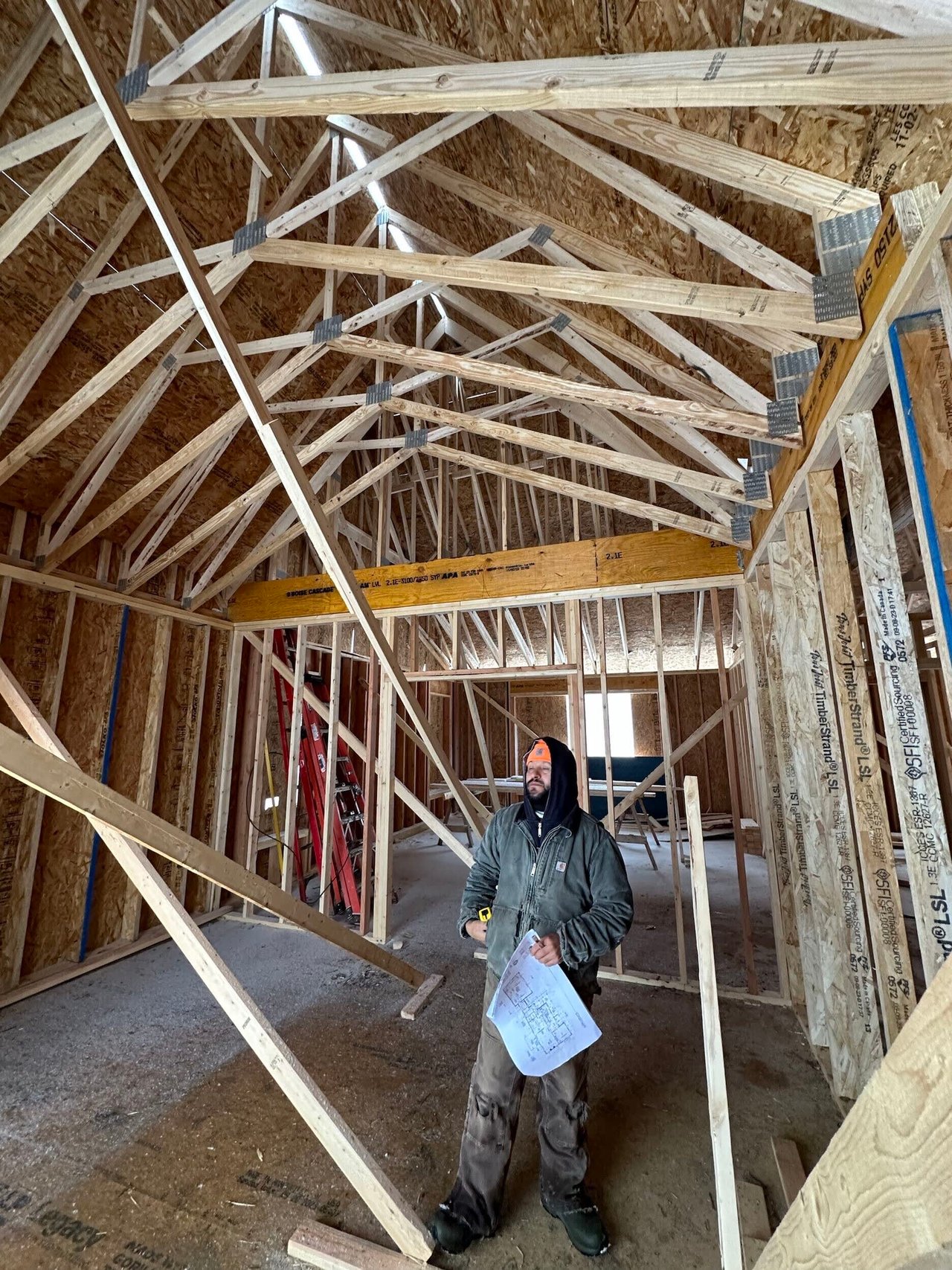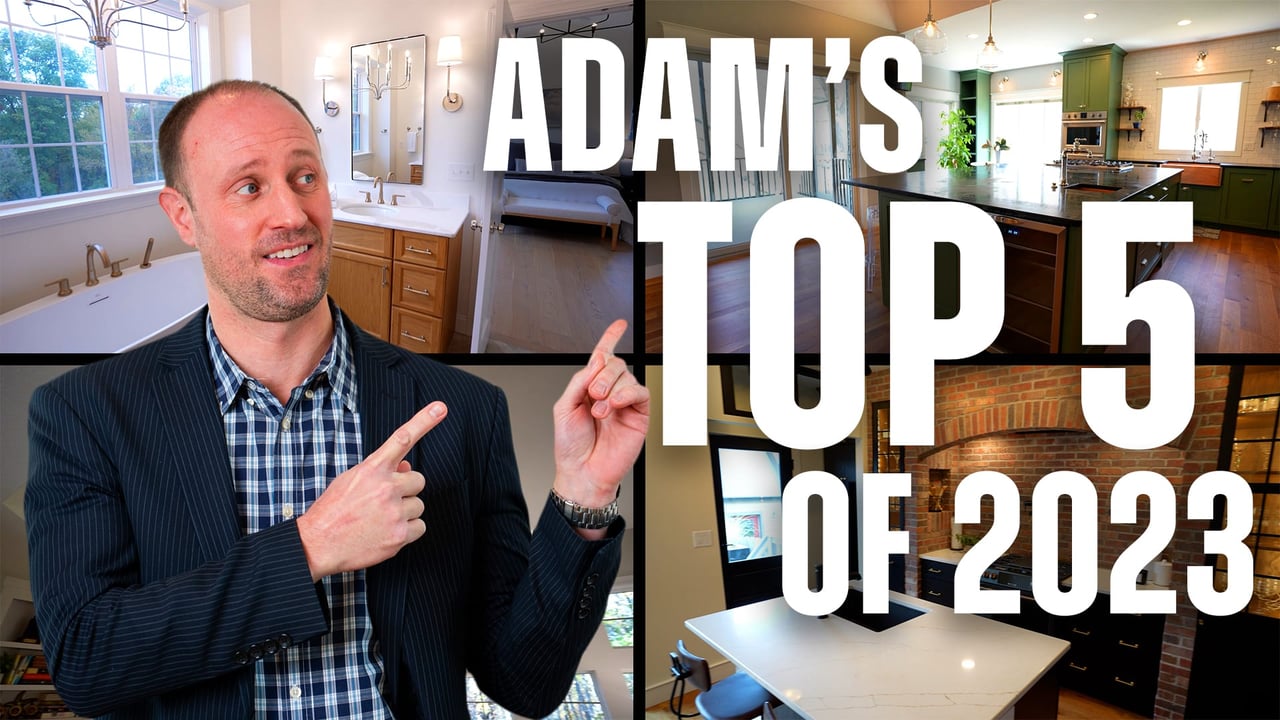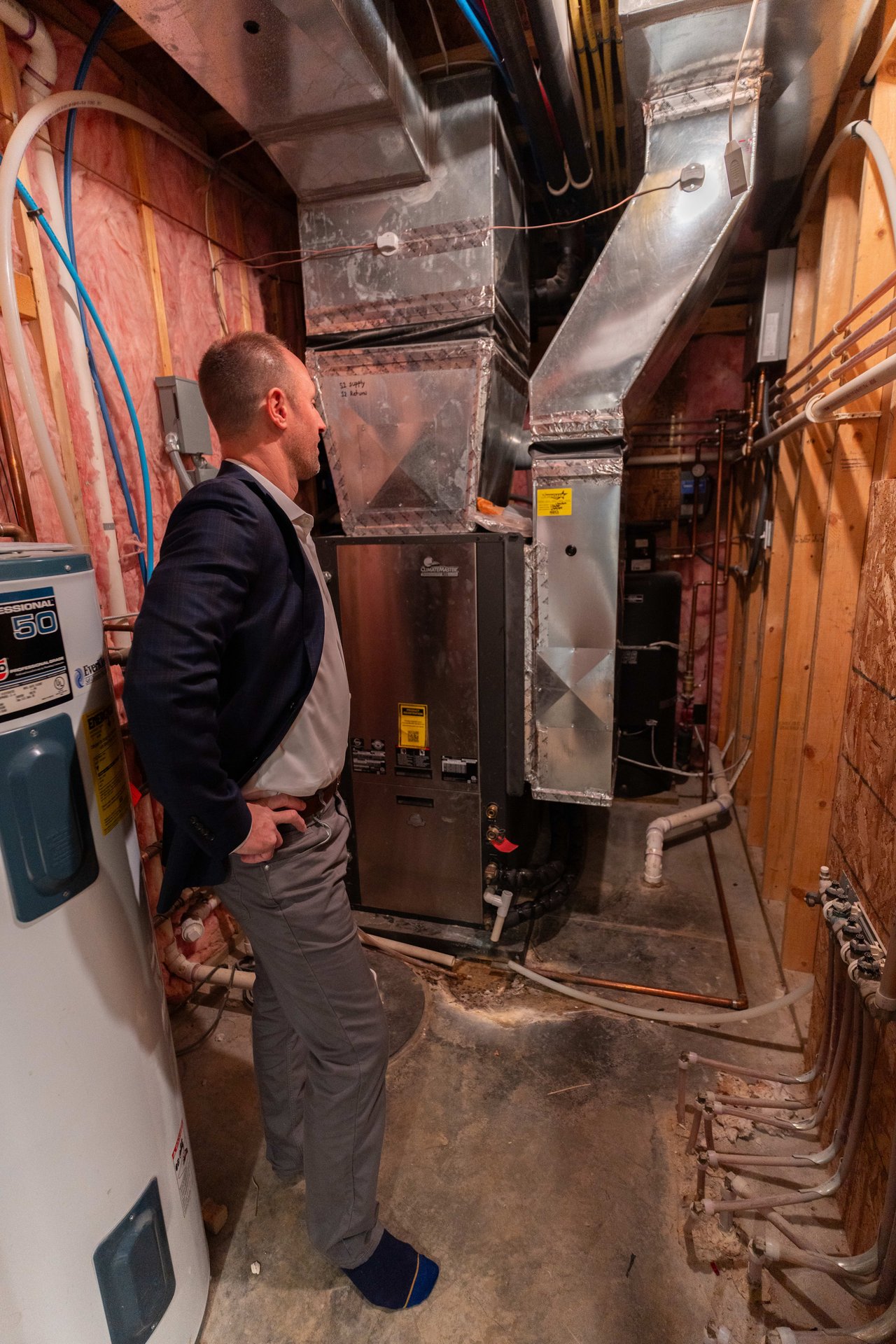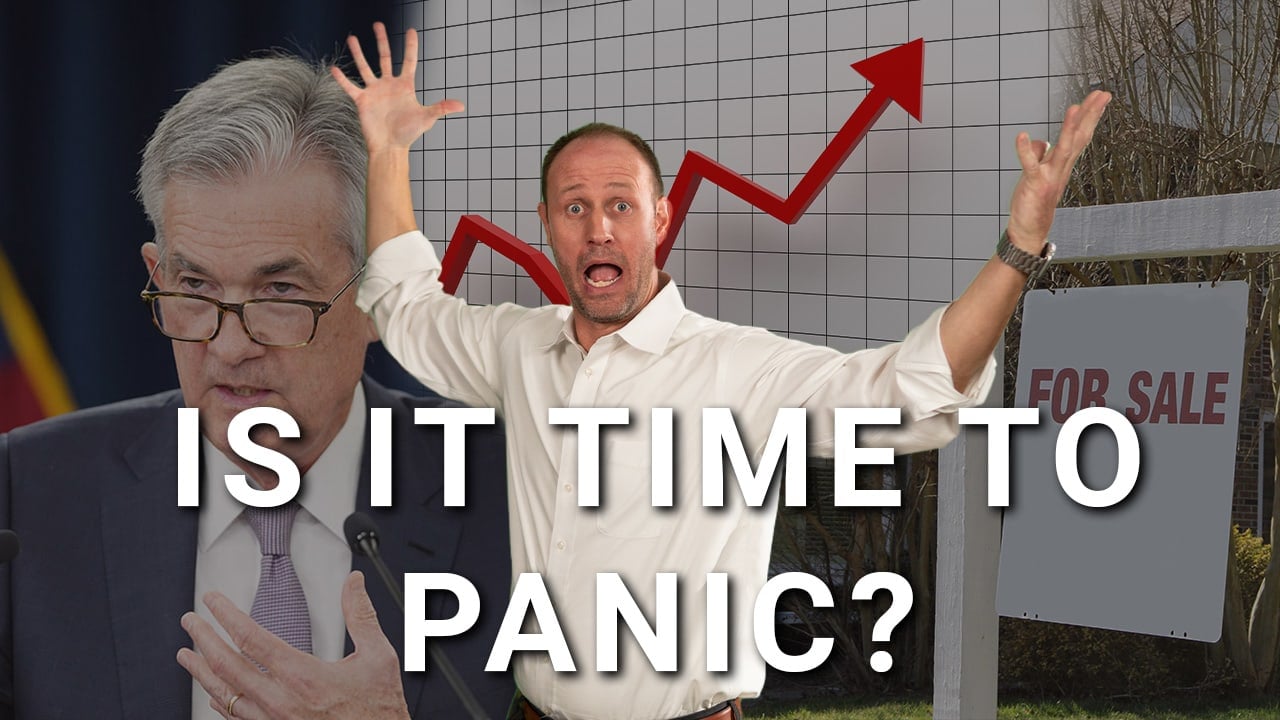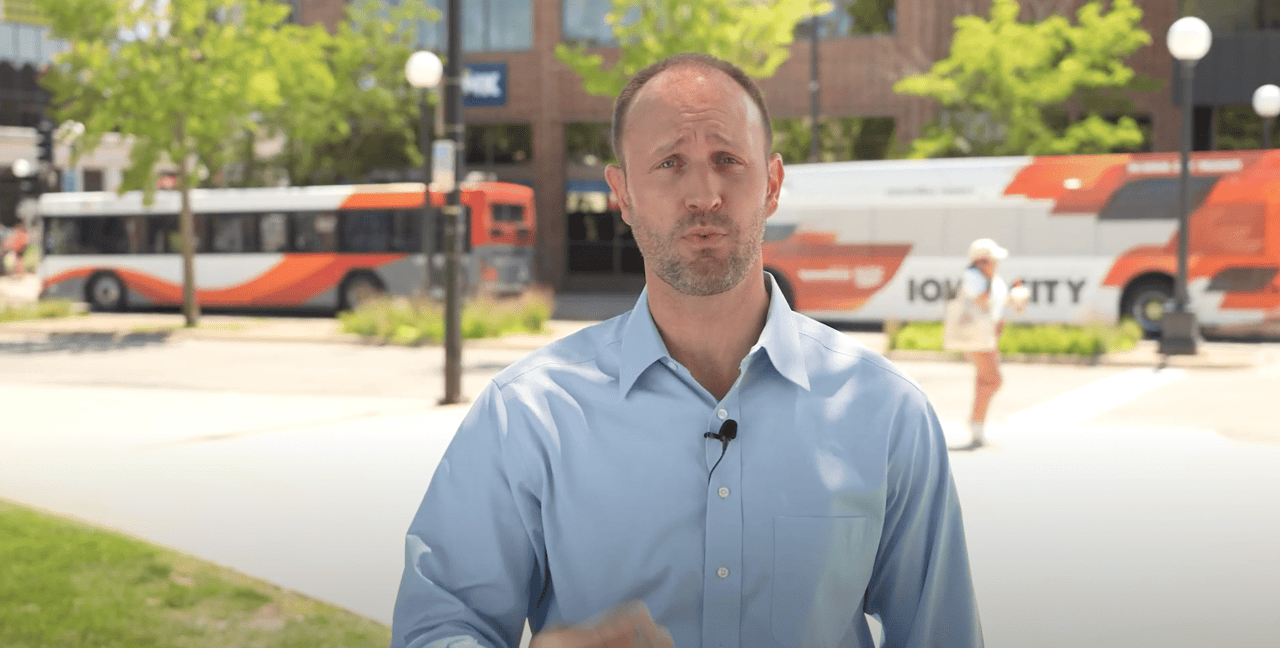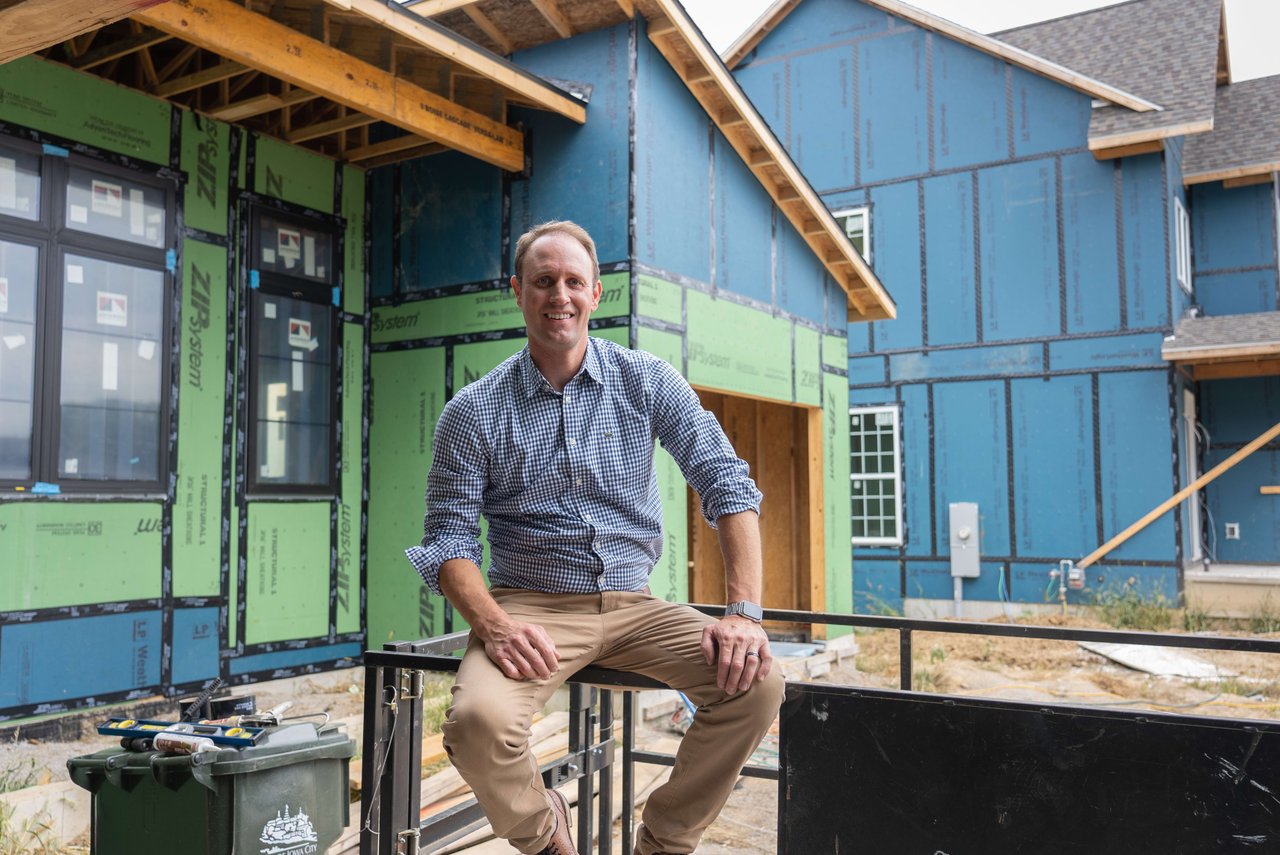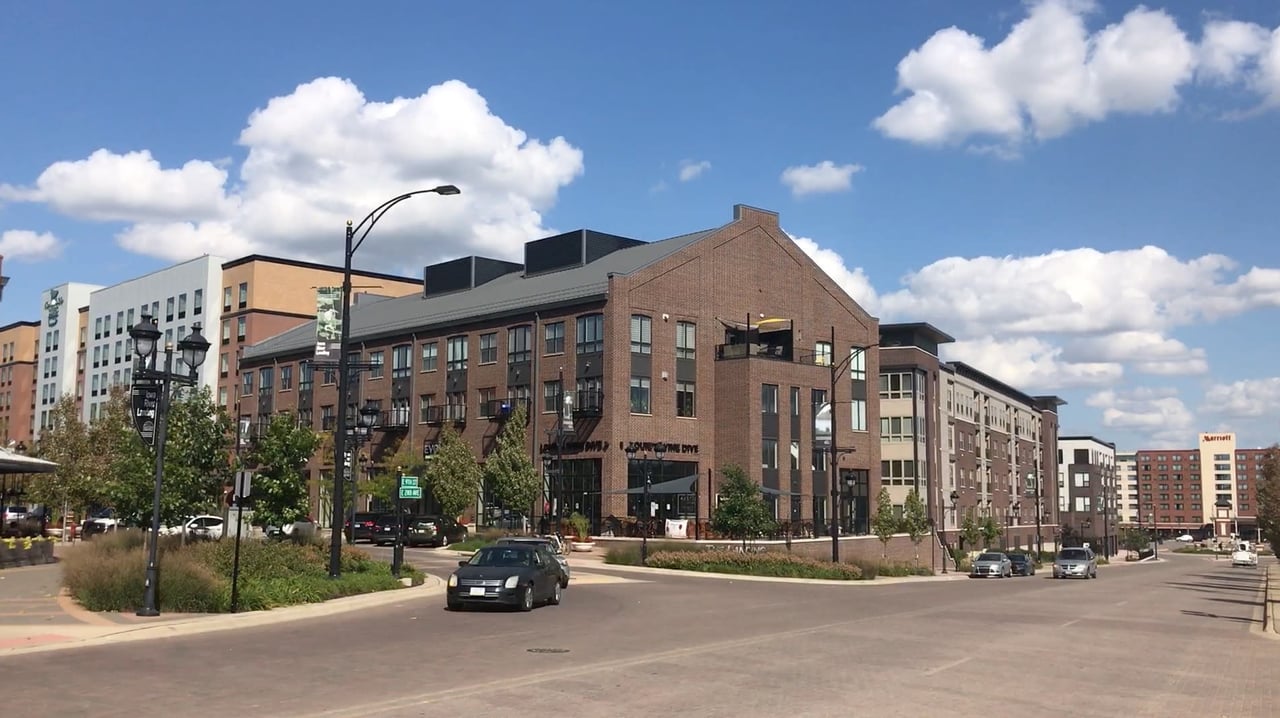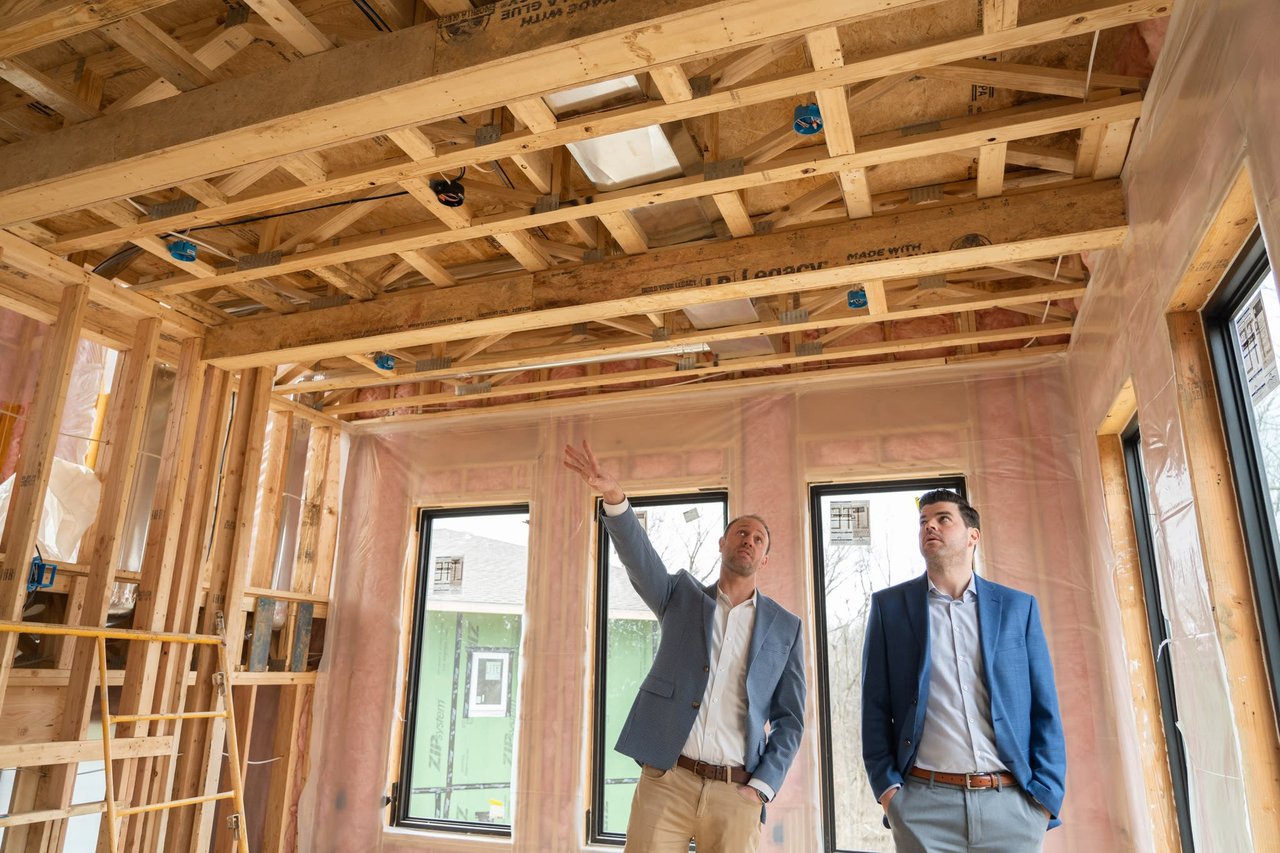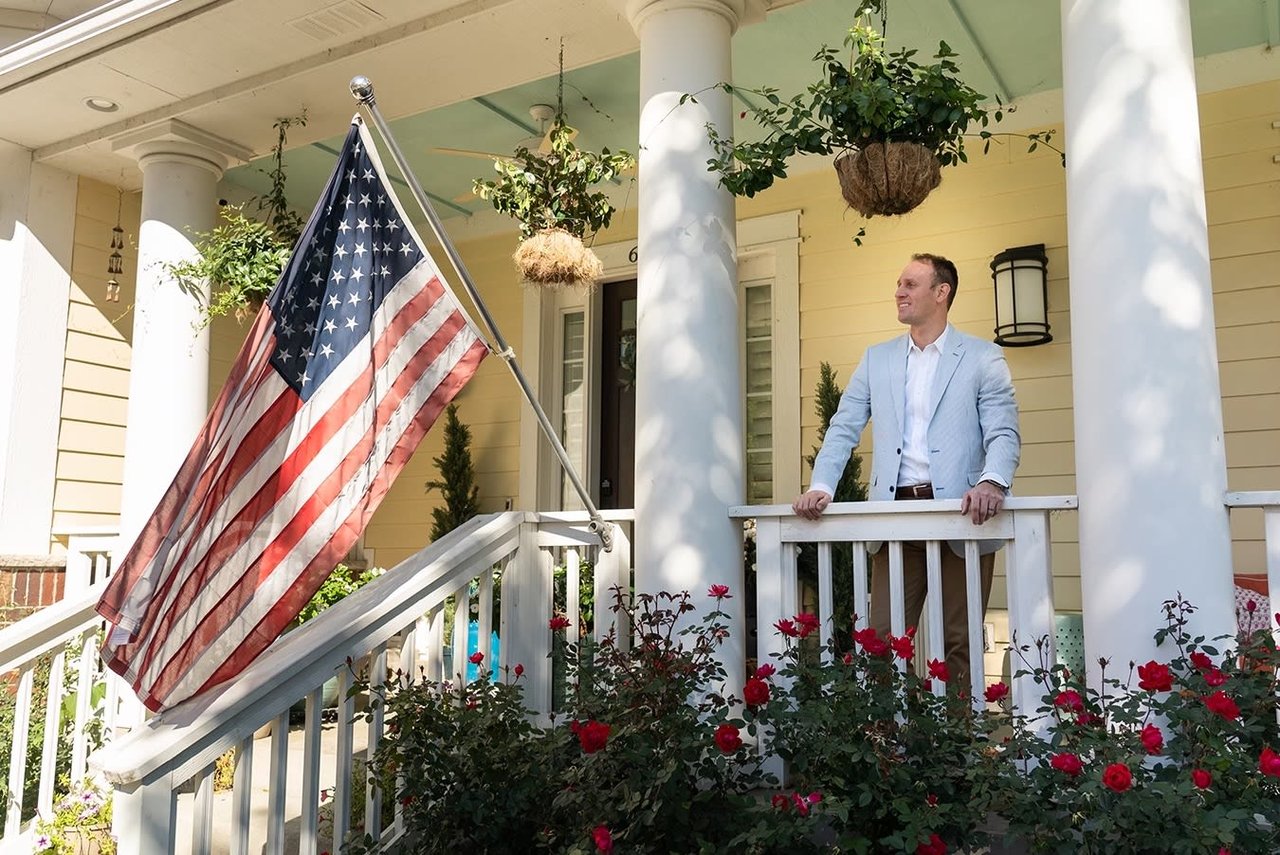As the decade began, the United States experienced one of the worst financial crisis of its history. Interest rates once in the high six-percentage points from 2006-2009 had begun to plummet. In 2010, interest rates began above 5 percent. A year earlier, I had refinanced our first home to six-and-a-quarter percent and though the decade began with “low” interest rates it was unfathomable to believe they would continue down another two points. By 2013, interest rates were in the three-percents. This crisis spread across the globe. The decade began with Europe battling negative interest rates, a term for when interest rates fell below zero. All over Europe, banks were compelled to try and entice borrowers to refinance their loans—often by offering them immediate cash to refinance and get the debt off the banks books—or face paying interest to those who have borrowed money from them.
Last year, in the fall of 2018, interest rates began to rise with projections that within a year the interest rates would be above five-percent. They did not. Instead, for the first time since 2008, the Fed cut interest rates in July 2019 in an effort to bolster the U.S. economy amid concerns of a global slowdown. And so a new decade begins with interest rates still in the three-percentage points.
It’s a confusing start to a new decade. Homeowners who purchased homes at four-percentage points just in the recent spring market of 2019 are beginning the decade already refinancing their mortgage. To add to the uncertainty we are in an election year which are historically plagued with uncertainty in the market, but low interest rates bring opportunities.
Homeowners are borrowing more on their homes, says a recent article on the front page of the Wall Street Journal on the eve of New Years Eve, taking cash from their equity to use towards paying down debit like credit cards, renovating, or investing in a new property. Personally, I was able to buy down some of my subsidized student loan debt which was at higher interest rate (nearly twice that of an home equity). Low borrowing has also allowed me to increase my real estate holdings portfolio, purchasing a second home. Each household can own up to two properties on the secondary market (30-year fixed) and additional properties can be purchased with a commercial loan.
The higher-end housing market has also recovered at a staggering new height. A new record was set in 2019 with six homes in the U.S. having sold for $100 million or more—the highest number in a single year. For every $100,000, a single percentage point lower interest rate is a $322 less payment each month on a 30-year amortized loan. This vastly increases buying power particularly in the higher-end market. Locally, for homes sold over a half million dollars, there were just $168 million in real estate (264 homes) sold in the first half of this decade compared to $376 million (583 homes) sold in the last half—more than twice the total volume and number of homes sold in the last five years of this decade (according to the Iowa City Area Association of Realtors® MLS).
So how will the interest rates of the next decade change? Surely they must go up, eventually, but many analysts (including the Congressional Budget Office, CBO, a legislative branch that reports to Congress) believe they will hover around three percent for the next decade. Low interest rates could inspire people to buy more homes and Zillow reported this month that it expects the housing market to remain stable over the next couple of years. As long as the Fed holds rates steady, there’s a good chance the housing market will boom.

